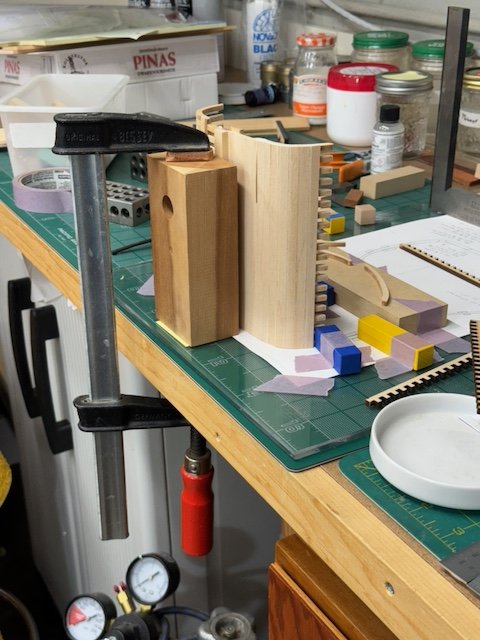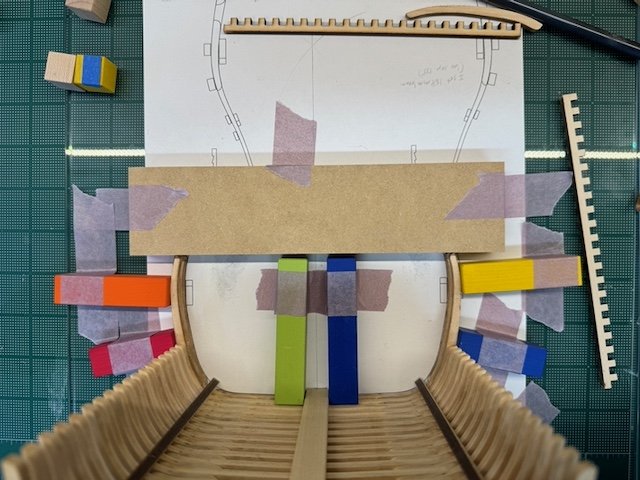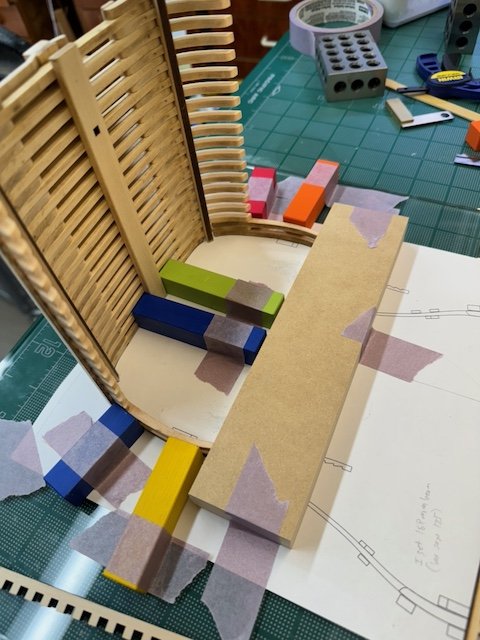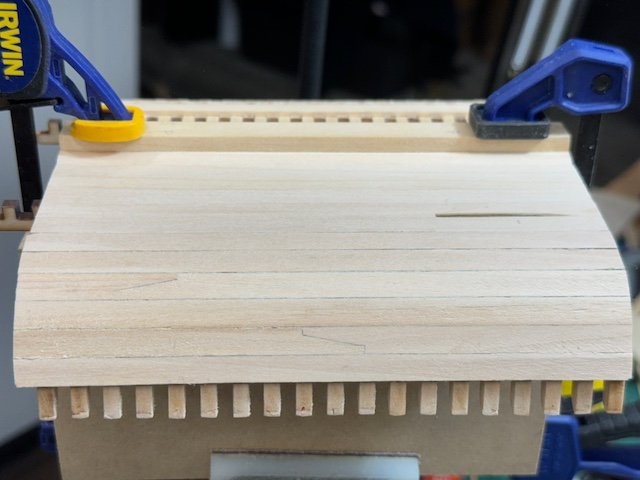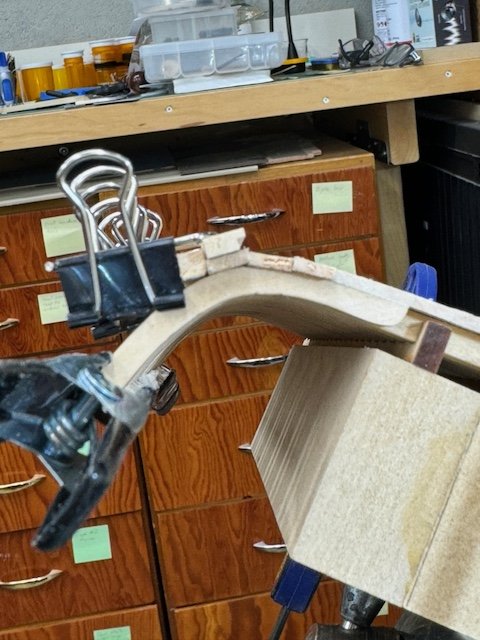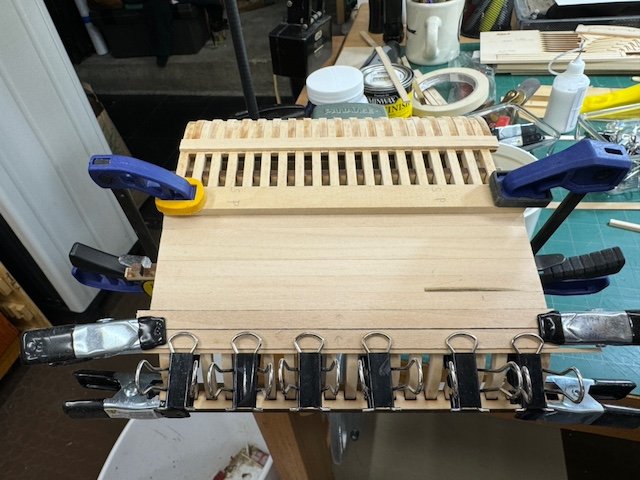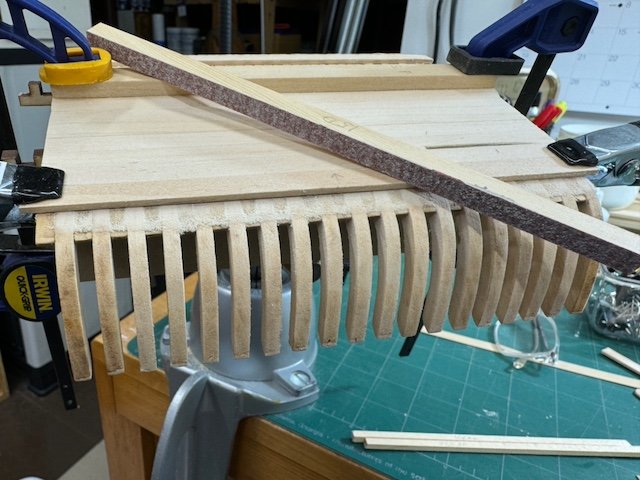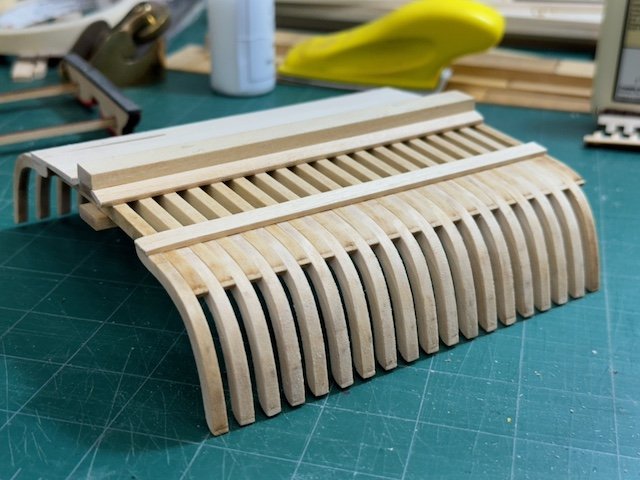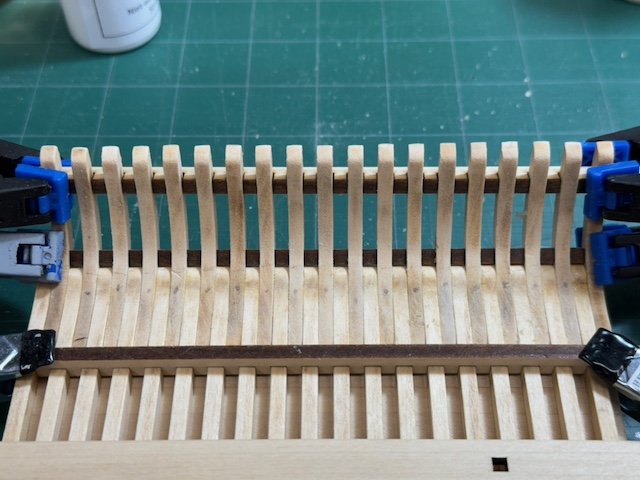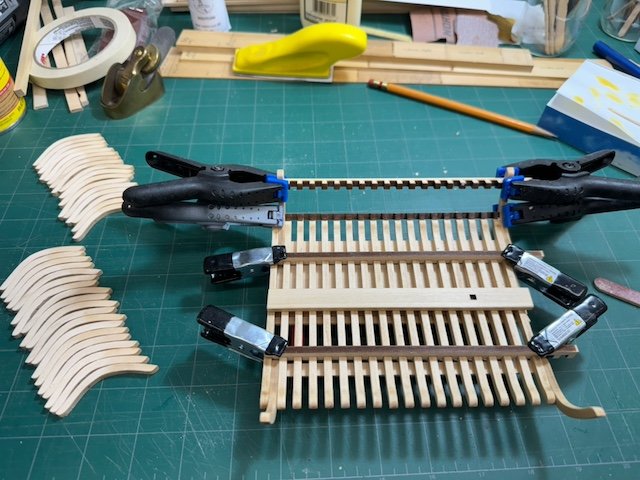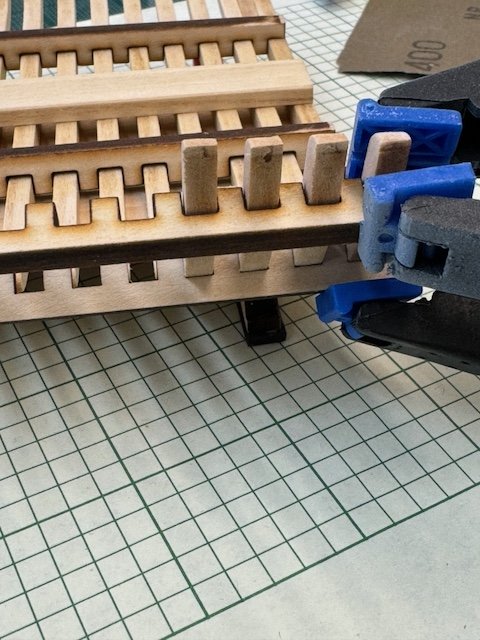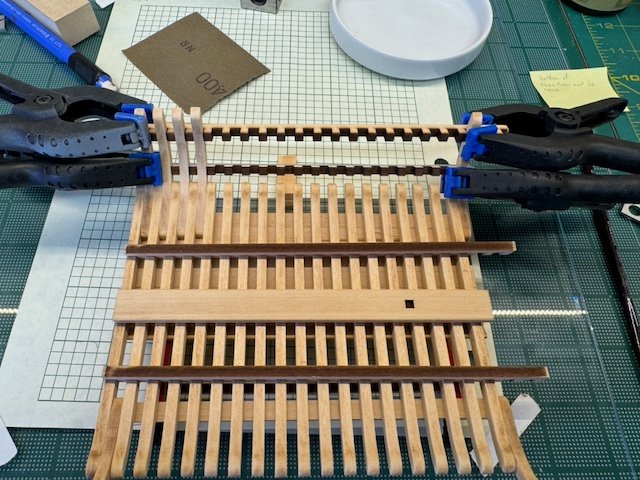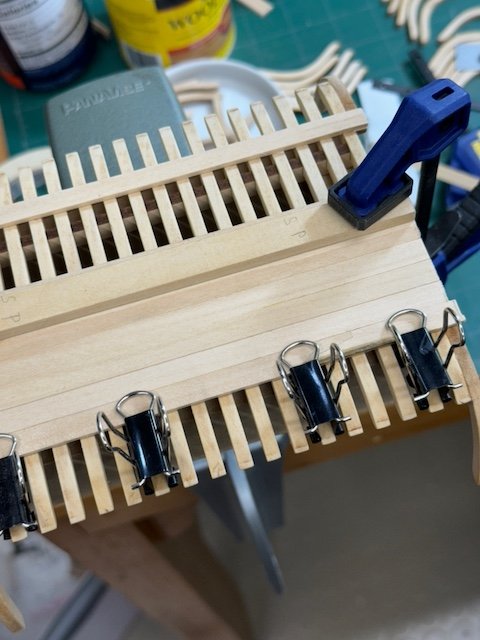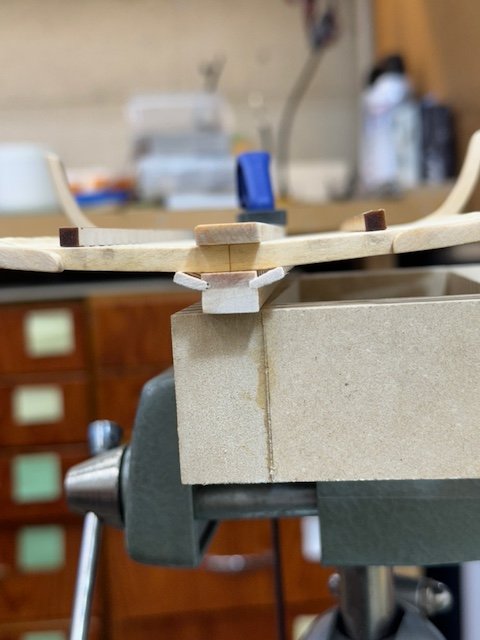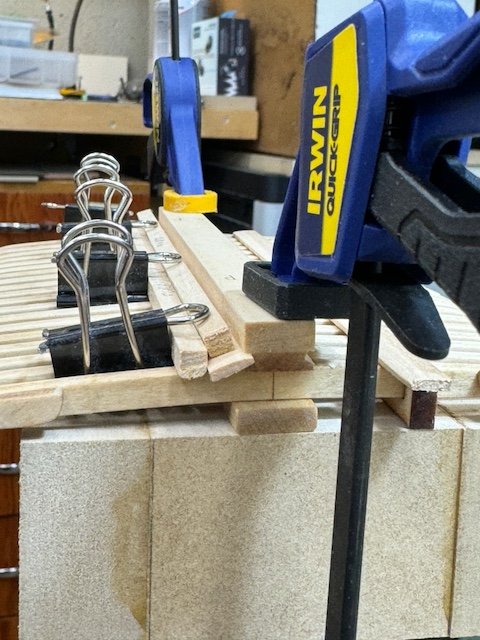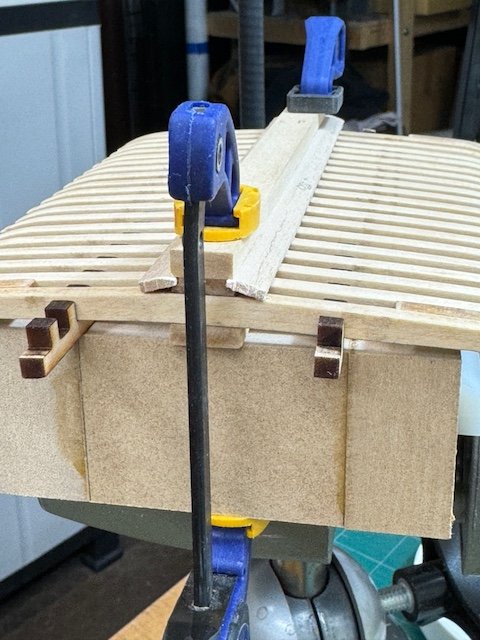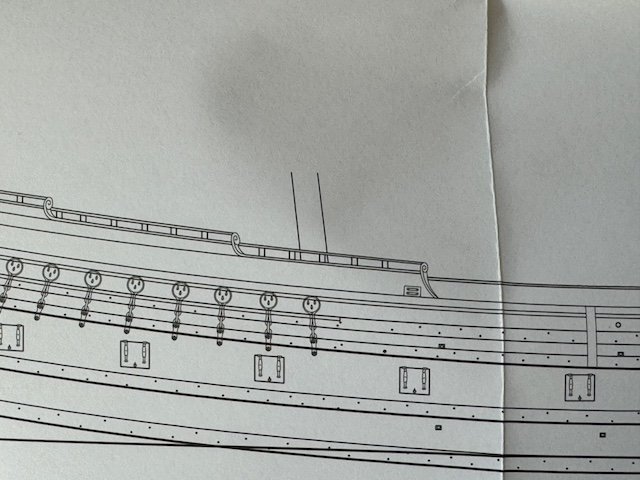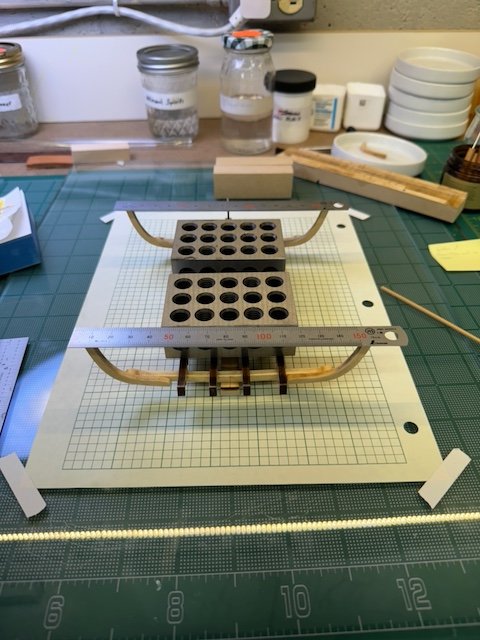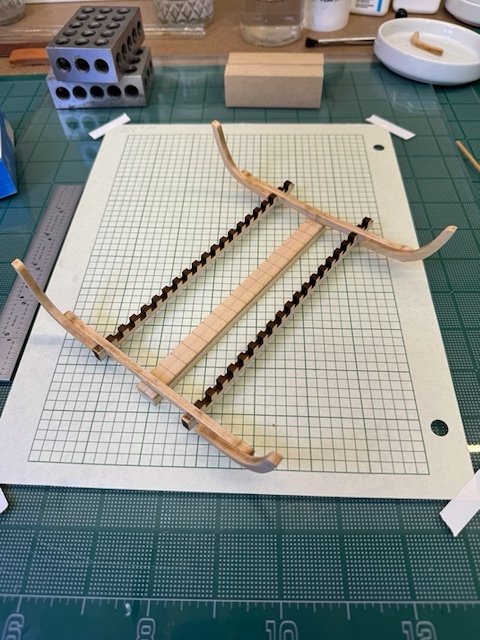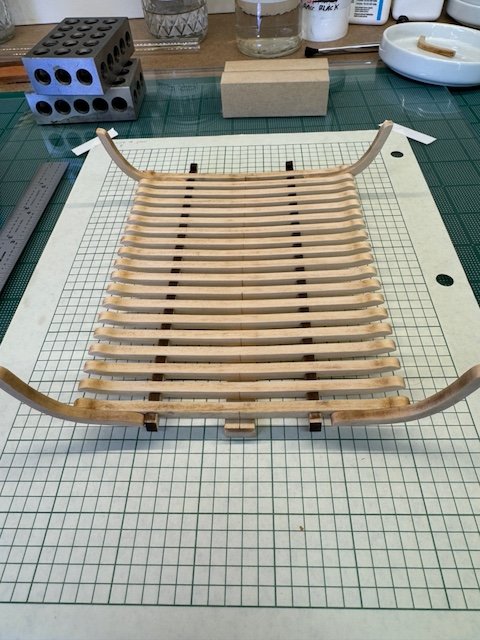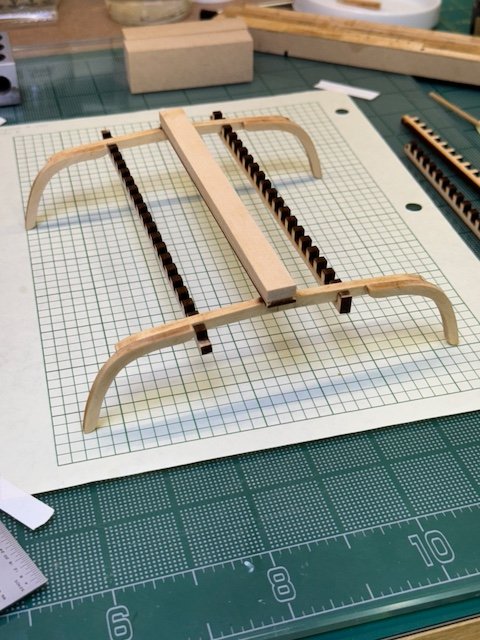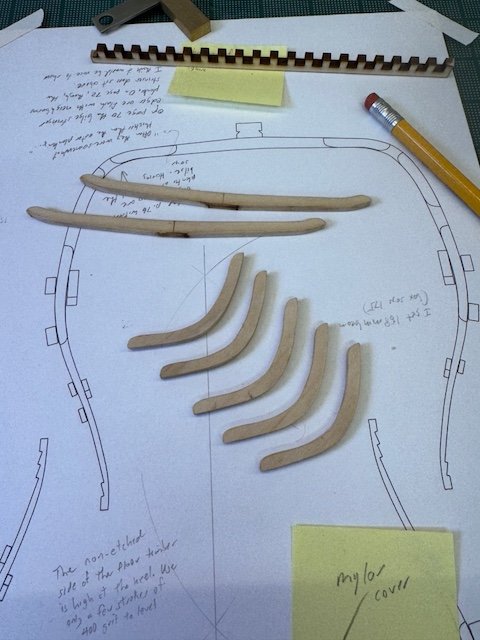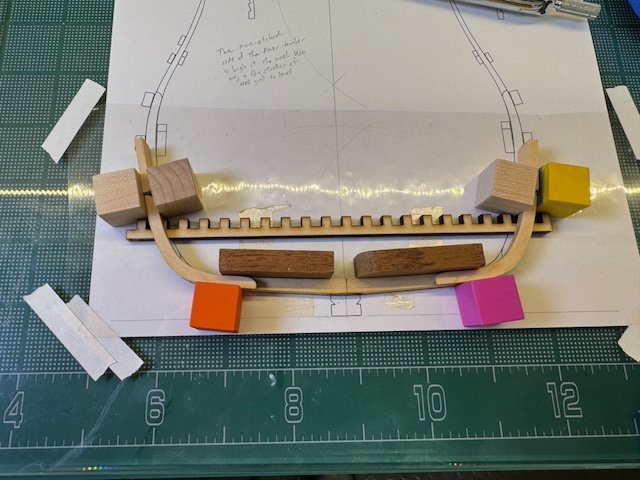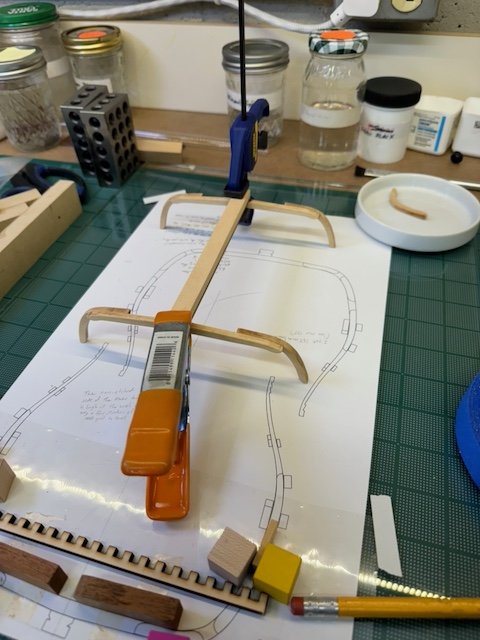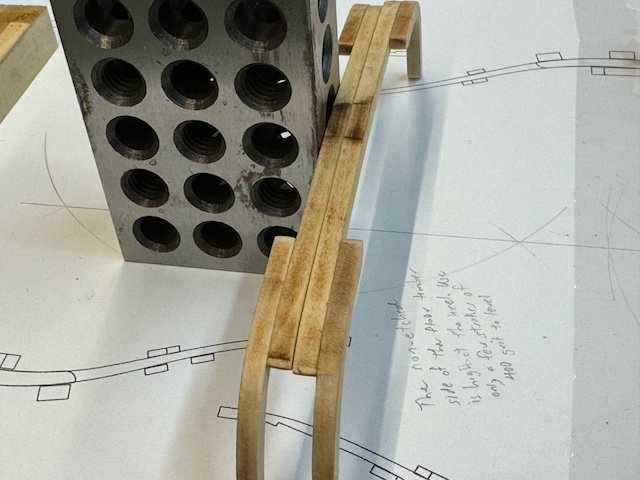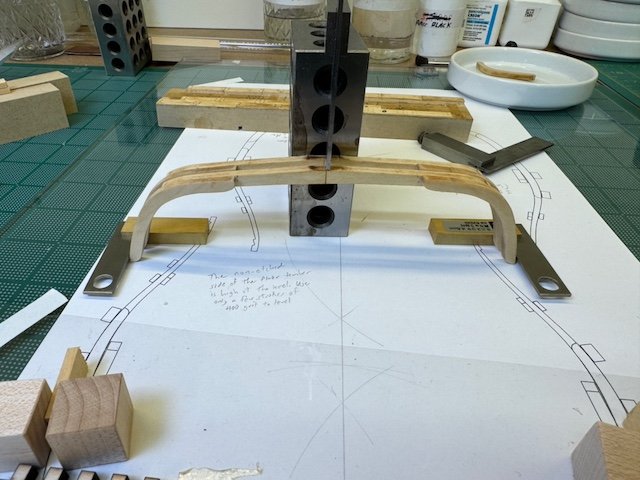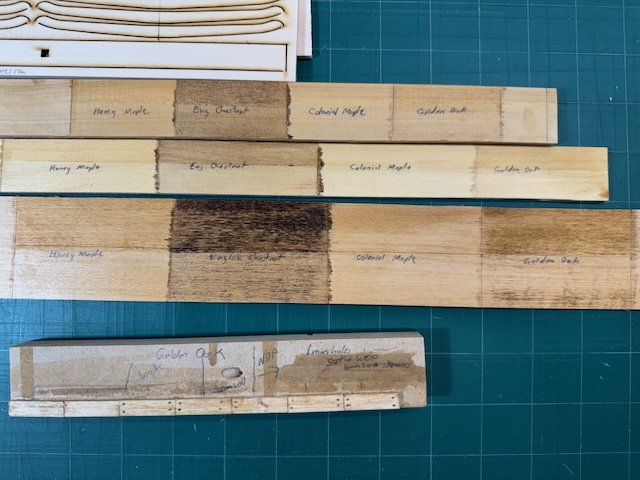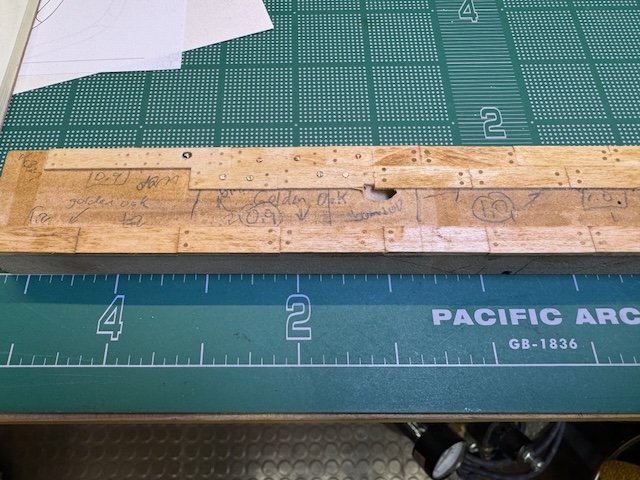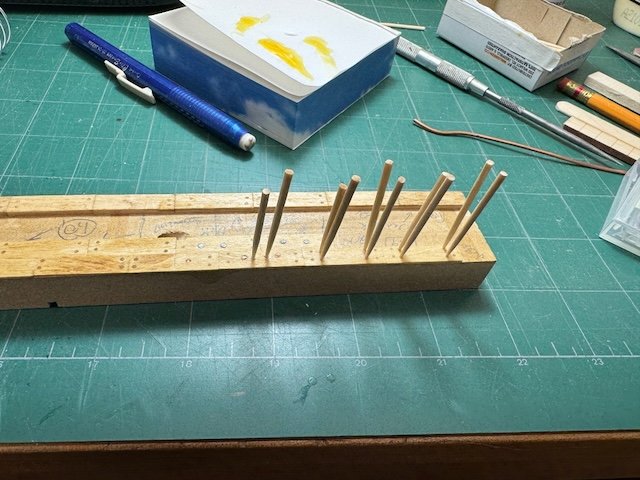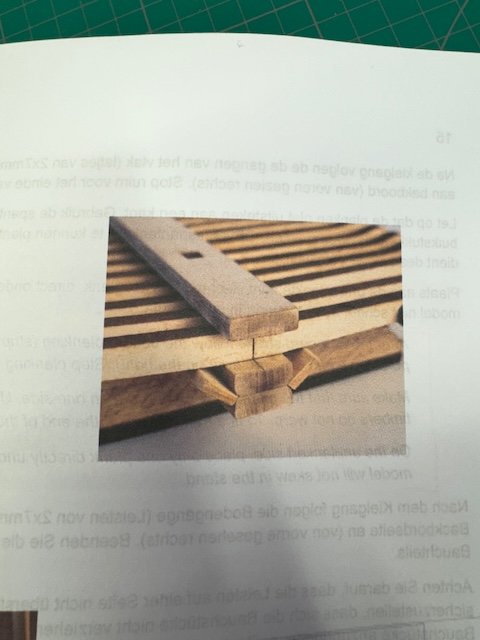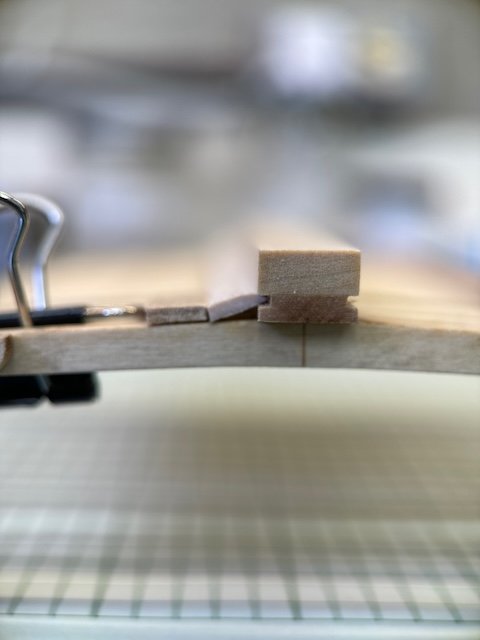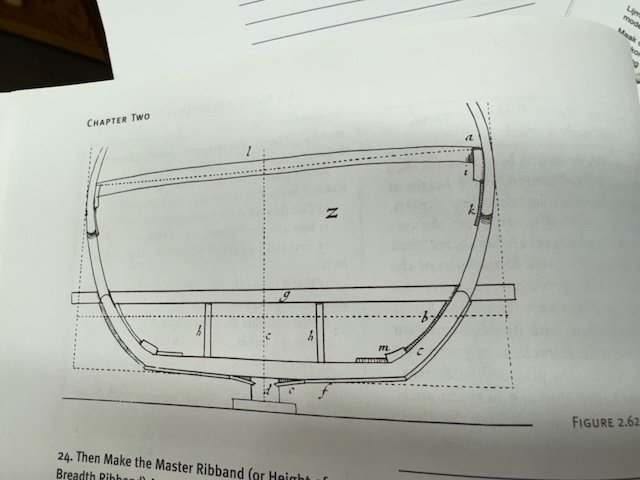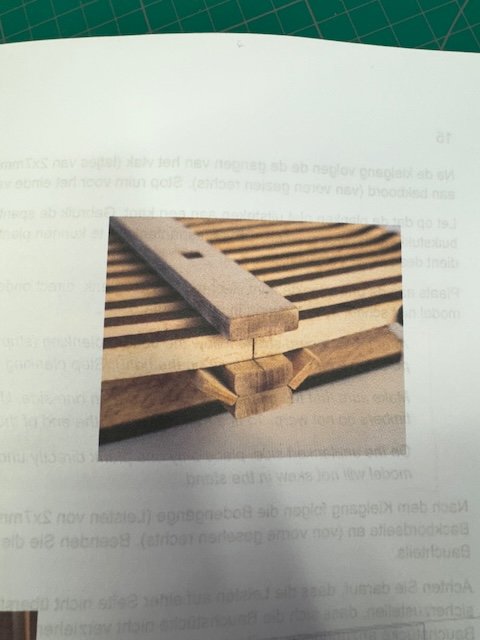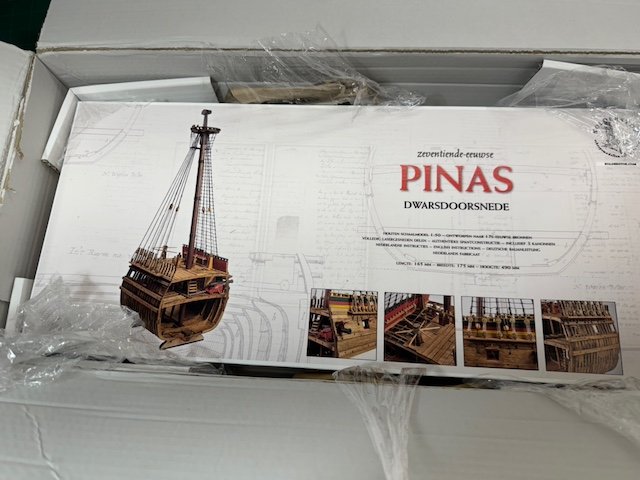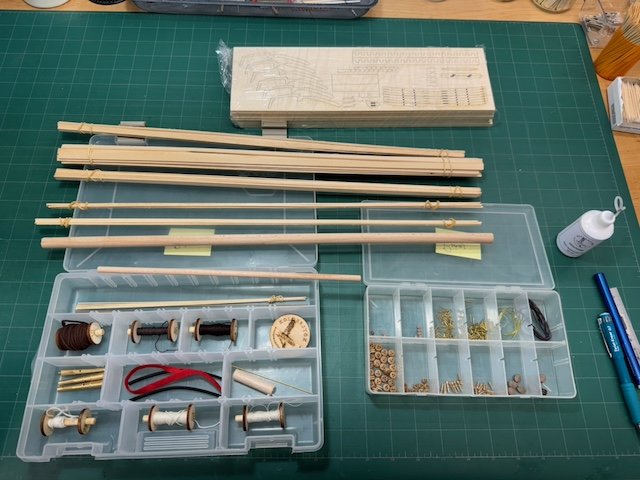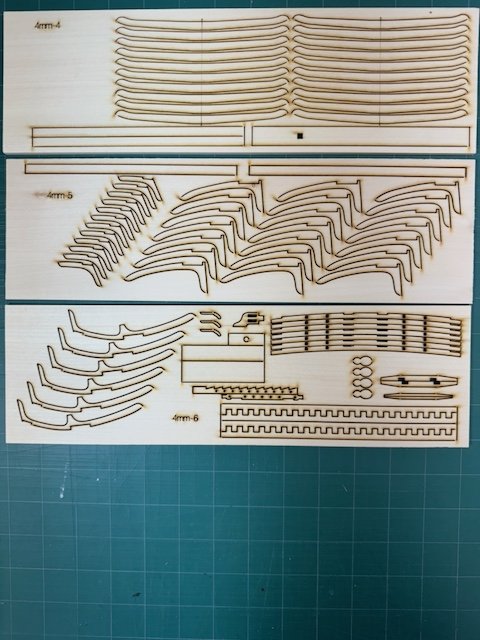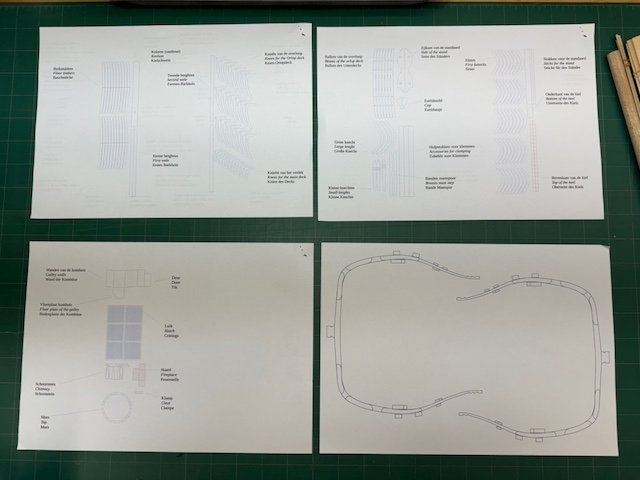-
Posts
183 -
Joined
-
Last visited
Content Type
Profiles
Forums
Gallery
Events
Everything posted by rcweir
-
It's been a long time since my last post, I'm afraid. I've made it past an important milestone, and collected a few scars in the passing. First, here's my ship's cargo. The barrels have different finishes, I know, so I'll probably save some for the next project. The two leftmost are Chuck's work, which set the standard. The third on the left is my best effort at matching Chuck's. All of them are quite usable, though. (I have one more, a wooden one from the Syren boxwood kit, but it's not quite done and didn't make it into the pic.) Now's when it gets ugly. My big effort was to stain the hold, and it didn't go very well. I started with a light coat of polyurethane (Minwax polycrylic satin), sanded it very lightly, then brushed on stain (Minwax penetrating golden oak). On the planking it did fine, but the blotchy result on the futtocks and knees was like a knife in my heart! The obvious thing to do was sand it all down and try again, but a big complicating factor was the protruding bolts in the worst pieces. Eventually I decided that I had to improve the bilge riders, but the futtocks would be much less visible and they could stay as they were. So I dug the bolts out of those four big timbers and sanded the tops. And then recoated with the poly and restained. This resulted in something much closer to what I had hoped for. Plus, with the passage of time, I have adjusted to the shocking transition from the original white basswood to the stained wood, which now shows so much texture (for good and ill). Now that the hold was stained, I could move on to installing the lower deck beams. I'm intending to provide support for the deck planking, i.e. the carlings and ledges, in a way that's closer to the prototype. For the carlings (the thin longitudinals that connect the heavy beams), I've cut in rabbets on the side that won't be planked, to simulate authentic joint. In Dutch ships of this era, there were long strengthening planks at the deck edge (nibbing strakes) and near the centerline (binding strakes). I've cut rabbets in these 2mm planks which will later join with the 1mm regular deck planks. I'm working now on the ledges, but don't have any pictures of them yet. Thanks for looking. I'll be more prompt with the next posting! Bob
- 76 replies
-
- Pinas
- kolderstok
-
(and 2 more)
Tagged with:
-
Not a great deal has happened since my last post: I've installed a lot of bolts and knees in the hold: enough of them that I believe now it's time to apply finish in that area. The first photo contains all the different bolts I'm using: 1.4mm resin bolts on the keelson, 1.2mm resin on the big bilge and floor riders, and 20 gauge copper wire for all of the knees and the bilge stringers (slightly thicker plank that's right at the break of the bilge). Next are the four futtock riders which won't be installed for a while, but they reach down into the hold and have to have their lower part fitted now - I put this picture in since it shows the copper wire bolts before they're trimmed. Below is a view mainly to show what the carlings will look like - they're the square longitudinal boards that pass through the beams. The last three photos are just different views of the current state. As I said, I think it's time to stain the interior, so the next posting ought to look different. Thanks for looking, Bob
- 76 replies
-
- Pinas
- kolderstok
-
(and 2 more)
Tagged with:
-
Yesterday was the only full model day I'll have over the long weekend. I'm still working on the hold, trying to get it ready for staining. The first task was to install the (toothpick) treenails on the starboard side. Next, I installed 1.4mm 3d printed round bolts on the keelson. Both of those steps went smoothly. I'm proud (and surprised) to be able to announce that not one of those 12 little dots disappeared into the ether. I need, though, to improve the uniformity of exposed heights when I install these things - the appearance is not quite as uniform as I'd like. I have to be very selective where I use the bolt heads - each $11.00 set includes about 4 dozen bolt heads in 5 different sizes, both round and hex. That sounds like a lot, but I can probably only use the two smallest sizes of round heads, which works out that they're costing me about 10¢ each. Therefore, I also need a lower tech, lower cost solution for the high volume bolts, like those on knees. What I'm going to do there is to use 20 gauge copper wire, which you can see in the photo I've used for the bolts in the bilge stringer. The wire is slightly smaller in diameter than the treenails (.8mm vs .9mm), but it protrudes up, and that dimensionality makes them more prominent. I'll use the same wire bolts for the knees, too. I do have to blacken them, which I believe I've got figured out, but haven't done on the model yet. After bolts, the next task yesterday was to install the bilge and floor riders that help brace the mainmast. The bilge riders (the four heavy knees in the pictures below) needed some work to fit properly in their assigned position - the inevitable adjustment that's necessary for pieces like this. Those very heavy timbers will get 3d printed bolt heads - probably the next size down (1.2mm) from what I used on the keelson. When they're all done, I think it will be time to put a coat of WOP and stain on the hold. After that there are a few straggler tasks necessary before I can install the lower deck beams: I have to fit (but not yet install) some composite knee-like fixtures that the kit describes as trusses, but which are termed "futtock riders" in Ab Hoving's edition of Witsen. These are (to me) odd-looking timbers shaped somewhat like the letter 'f'. I believe they were stiffeners to help tie the deck beams into the hull structure. But what matters to me right now is that I make sure I've got a reasonable fit on their lower portions while the hold is still easily accessed. Another task in the hold is to load some cargo - I've got several barrels that will need to be secured down there. I'm still trying to figure out the stain. These are all resin barrels from Syren; the two with painted bands are demos that Chuck kindly included in my order. The others are a result of my own various, unfinished experiments with stains.
- 76 replies
-
- Pinas
- kolderstok
-
(and 2 more)
Tagged with:
-
This is a short addendum to the last report: last night before dinner I made the time to install the last pair of knees in this first go-round. Now I'm all set for the next step, which is to install the mast support timbers that you can see sitting in place (and not yet fitted) in the second pic. I'm happy to move forward, even if it's just a short distance. With a little bit of luck I will get in some work on the 4th, but otherwise I'll be away for the long weekend. Thanks for looking!
- 76 replies
-
- Pinas
- kolderstok
-
(and 2 more)
Tagged with:
-
I made some progress this past weekend: first I finished cleaning laser char off of the parts that will be installed in the hold. Not the most fun job, but most of that had already been done, so it didn't take me long to finish up. I intend to build framing and support for the decks that's more accurate to actual practices than the kit calls for. The first step down this path is to cut dados on the beams to hold the carlings. These are not necessary for the model because the kit beams have laser-cut holes that pass all the way through: a great way to ensure the model's carlings are perfectly aligned and well-supported. But, visually, I think the dados add a lot. And if they're going to be done then they have to be done now, before the deck beams are installed. Once the dados were cut, I started fitting and installing knees. The instructions call for them to be installed along with the lower deck beams. But I'm not gluing the deck beams in yet: leaving them out now allows for much better access when fitting the knees (a fiddly process), and will make it easier for me to install the mast supports, install the bolts and other hardware, and apply the stain in that area. And that's it. I still have to install the forwardmost pair of knees (I'm working from inside out). After that I can install the mast support timbers. Thanks for looking!
- 76 replies
-
- Pinas
- kolderstok
-
(and 2 more)
Tagged with:
-
I don't have too much to show for the past three weekends. But, I can bring the log up to date, which is what I'll do now. (I have hopes that next weekend I can make actual progress.) Three weekends ago I installed treenails in the planking of the hold, applying what lessons I could from the first round (exterior hull, under the floors, which no one will ever look at again). Before any drilling, I made a template for the holes out of a piece of plastic, marked the locations with a metal scriber (my tool-of-a-thousand uses), and then drilled the holes. This time, I drilled .9mm holes (previously it was .8), and rather than a cordless Dremel I decided to use the Foredom flex shaft. The flex shaft gives me wonderful speed control through the floor pedal, down to nearly 0 rpm. But, it's still too easy for me to drill too deep, so I ultimately shifted to a pinvise, which was nearly as fast as the Foredom, and a good deal safer. Start to finish, the pin vise drilling went smoothly. As before, the treenails themselves are made from birch toothpicks. I did not treenail either the bilge stringer or the keelson: I'm intending to use bolts on them, and those details are not yet settled. Next I put on a wash coat of ½ lb cut shellac to raise the grain for sanding, and that created an unexpected problem. When I planked the interior, I shaded the plank edges just as I do on exterior planking. (I think this was wrong-headed, but the shading is past undoing.) And, as an experiment, I marked the very first plank edge using a Sharpie. The ink from the Sharpie was dissolved by the shellac's alcohol, and left an ugly, black blotch where there ought to be a thin, sharp line. I first thought that I'd need to remove the two stained planks. Access there is excellent, but besides the many treenails holding those planks in place, there are plenty of other ways that removal could result in a lot of collateral damage. So, first, I tried planing those planks down; thinking I might plane them down enough that removal would be easier, or maybe I could plane just far enough to add thin planks on top, which would be a nearly invisible repair. What I found, though, was that the blotch was just on the plank surface, and after planing less than .1 mm, the affected area looked as good as it had before. So I'm going to leave it at that. (I don't have a good after pic, unfortunately.) I'll have to make a decision soon about what I'll use for bolts, both in material and size. Chris Coyle made the excellent suggestion of getting 3d printed armor bolts, and I ordered a bunch of bolts in sizes from .6-2.0mm, with round and hex heads, from an eBay company called nuoexcellet. When they arrived, I took an extra knee and installed a few sample round heads on it. Plus, since I'm intrigued by Chuck's frequent use of 30lb fishing line, I included that on my sample, too. At the moment, I am inclined to use the round bolt heads for my model, in the 1.2mm and 1.4mm sizes. All that remains, I think, is to count up the quantity needed to outfit the whole kit: these bolts are expensive when you consider that only a small percentage of each package will be usable on this model. As I've splurged as much as I'm going to on bolts, I've got to be sure my current suppIy is sufficient for the sizes and locations where they'll be placed. Finally, I started fitting the beams for the lower deck, though none of them are glued in, yet. Thanks for looking - hope I have something more interesting for next time. Bob
- 76 replies
-
- Pinas
- kolderstok
-
(and 2 more)
Tagged with:
-
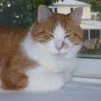
Chairs! Let’s see your chairs.
rcweir replied to Desertanimal's topic in Modeling tools and Workshop Equipment
I use an old Steelcase that I acquired when my previous company went belly up (27 years ago). It's not a perfect chair, but I've spent many happy hours in it (most of them *after* the chair came into my shop). Used office furniture stores can be good sources for chairs that are still in excellent condition. Bob -
Chuck, I'll be interested to know how it turns out for you. I had a similar idea using 14 gauge copper wire. (Of which I have a large supply.) My problems with that were mostly with getting the darkening chemical to do well for me, but also that it was slow work getting a nicely rounded end. The stopper for me, though, was darkening, and that was undoubtedly because I wasn't doing the cleaning well enough. Bob
- 76 replies
-
- Pinas
- kolderstok
-
(and 2 more)
Tagged with:
-
Thanks! There's a whole world of them out there!
- 76 replies
-
- Pinas
- kolderstok
-
(and 2 more)
Tagged with:
-
I had limited time to work on the model this weekend, and all of it was devoted to treenails and bolts. First, the treenails. I worked only on the flat planking on the bottom of the model - that area will be only barely seen once it's sitting upright in a stand, so this work is not high stakes. I don't have any prior experience with treenails, and this is very much an experiment. In the photos shown, there is a double row of treenails on every third floor frame, and the line of each pair is slightly skewed. The holes were drilled at .8mm and I used birch toothpicks for the treenails. There are several things that I'm not happy with: (a) the skewed pairs just look sloppy. Henceforth they'll all be in a single line. (b) The .8mm diameter is a tad too small. I had decided on my sample pieces that .9mm looked best, and I think that judgment was correct (don't ask me why I didn't follow it today!) (c) I clearly didn't have a clue with those 6 treenails at the scarf - the number is right but they need to be distributed evenly along the diagonal cut. There's a good example of how they ought to look on p. 88 of Ab Hoving's annotated Witsen. I'm not installing treenails at every single floor timber, which would give a spacing of 8mm, because I don't want it to look too busy. Bolts I've been trying to decide about for a long time. Like the treenails, they're new to me, and I want to include them on this model. Rather than go through the list of ideas that didn't pan out, I'll just say that I've settled on 8x1.2 mm brass nails with a black patina (from harfington.com). The head is something like 2.5mm across, but I can chuck them in my drill press and file the head down to whatever I like, which is currently ~1.8mm, though I might go down a bit more. The bright brass that filing exposes will be countersunk into the wood, so I don't need to worry about color. That will make my scale bolt heads about 3.5" diameter, which is (I believe) an inch or more than it ought to be. So, I'm still thinking about it. You can see one installed in the keel in the photo above - I'm not going to put in any more until that surface is ready for a finish, since the presence of the bolt is a hindrance to sanding. This double page spread by Hoving from pp. 114-115 of his Witsen shows the visual effect I want to get with my bolts. They sure look a lot bigger than 2" across in this drawing, as they do on all the model examples I can recall seeing. I welcome comments and suggestions on how you think both treenails and bolts should be handled. As always, thanks for looking and commenting, Bob
- 76 replies
-
- Pinas
- kolderstok
-
(and 2 more)
Tagged with:
-
The weekend work started with installing the four corner upper futtocks, using the jig I put together last weekend. The result was not so good - the planked side (port) was fine, but the two futtocks on the unplanked side were both tilted out slightly from the top of the lower futtocks. So I removed those two offenders and abandoned my jig. Instead, I clamped a couple of boards on the outside of the lower futtocks to give the same level of alignment help that the planked side provides inherently. I made sure of the height by placing a comb where the bottom of the futtocks could rest against it. The result of the second try was excellent: the new structure, turned upside down, rested stably on all four "feet" and the visual alignment of the upper and lower futtocks seemed correct. This is a good view of a misaligned futtock (though "good" is not the word I used first). Try #2 was easier and came out better. Notice on the right hand side of the second picture above I'm installing the 2nd futtock from the end so that I can have glue on both sides, and better alignment guides. Next, I installed the beam shelves for the orlop deck beams, which was pretty straightforward. Alignment checks afterward showed that they were both parallel and at the same height. Whew. On a real pinas, there is an interior strengthening plank that runs right along the turn of the bilge, called the bilge stringer. In some of Witsen's drawings the bilge stringer is thicker than the ceiling planks and I decided to make mine that way, though it will add a bit of complication later when fitting some knees. I'm making the stringers 3mm x 7mm and installing them on both sides of the model. In the right hand photo below the slightly higher profile of the bilge stringer is more evident. I think the height difference will be very visible when the model is finished. In the process of finding the stringer locations I discovered that the floors of my model are wider - by 1-2mm - on the unplanked side. How that happened I really don't know: I don't think it's a misplaced keelson (which is where I was measuring from) and I am certain all of the floor timbers are centered on the keel, since they have an engraved reference mark. So probably there was some asymmetry with the placement of the lower futtocks. However it came to happen, it's far too late to fix. And I'm not sure that any bad consequences will follow from it. Though, maybe it has caused the frames at top of the beam shelves to be slightly too far apart: coincidentally or not, I found that the spacing between the frames at the beam shelves was 1.5mm wider than the orlop deck beams are long. On the other hand, if my frame width at the orlop deck is slightly too great, I'm not the first one this has happened to: I've seen at least one build log of this kit where the photos clearly show the same gap at the beam ends that I have. It's not really a big deal - mostly, a gap there won't be seen, except that it will be very visible at each end of the model, and I don't like that. I considered making replacement beams, but instead decided to put a new facing on the two beams which will be on the ends. So, I glued a new layer of 1/16" basswood to two beams, trimmed the addition to the beam's profile, and then planed off the back of the beam. The result is the original's thickness, but slightly longer on the facing side. When time comes, I'll trim the facings to fit exactly, when viewed from the end. A sharp observer looking down on the undecked side might still notice that those beams are in two parts, but that thought bothers me a lot less than the gap. A side benefit of the facings is that the mortises for the carlings have been covered over on the exposed side. The kit's method of passing the carlings through the deck beams ensures perfect alignment and looks good, but the through mortise is not prototype practice. Covering up the end openings as I did doesn't prevent me from actually installing carlings between beams exactly as designed, but hides the details from viewers. It's possible that I might get ambitious later and add simulated carling mortises on the beams; that ought to be easy if I can just follow the lines of the through-mortises already present. In the photos below you can see one end of a modified beam (with its new end untrimmed). Behind the facing, the gap that I want to hide is fairly visible. The last work for the long weekend was to continue the port side ceiling up to the orlop beam shelf. And I've included one messy shop photo. Thanks for visiting, and all the encouragement. Bob
- 76 replies
-
- Pinas
- kolderstok
-
(and 2 more)
Tagged with:
-
The past weekend's work went well. As Chuck had predicted earlier, installing the first futtocks went quite smoothly. Before gluing, I dry fit all of the pieces; made sure that the pieces were marked clearly; and that they slipped into place snugly, but without forcing (since I knew the wood would expand when pva was applied). The port side was glued first: the frames to port will be completely covered, so boo-boos on the port side can be more easily tolerated. In the end, I had one futtock to port that was about 1mm out of line, but all the others, including the entire starboard side, seemed essentially perfect. After that, I added six planks on the port side to cover those newly installed futtocks. The new planks cover the turn of the bilge, so the frames had to be flattened to give each plank a flat landing area. For flattening, I made a couple of sanding sticks that were just 1-2 mm narrower than the 7mm planks. Nothing hard about it at all. For visual interest I scarfed a couple of planks. And, of course, I spent a considerable amount of time removing char from the next row of framing. I've made a jig that I can use to install the first four futtocks of the next row at the corners of the model, similar to the way the last row was handled. But I probably won't get time to glue any of them in until the weekend. Thanks for visting, Bob
- 76 replies
-
- Pinas
- kolderstok
-
(and 2 more)
Tagged with:
-
Thanks! I knew about the digital model, but had not seen the blog from Matthias. I'm looking forward to reading it. Bob
- 76 replies
-
- Pinas
- kolderstok
-
(and 2 more)
Tagged with:
-
This weekend I completed two simple steps: installed the garboard strakes and laid the initial planks on the port (completely planked) side. Since both the tasks required the model to be inverted, I made a little MDF box that I could clamp the model to without putting any stress on the frame members. The garboard strakes went in without difficulty. Likewise with the planking: planking this model is about as simple as can be since the hull profile is completely uniform through the modeled section. I am happy that my modified solution for the keel rabbet worked out; I think the resulting angle of the garboard strake with the adjacent plank looks a lot more authentic than the kit's arrangement. A pinas's hull planks meet with scarfs rather than butts according to the drawings in Witsen (and possibly it's written down somewhere, but I don't have a reference). Anyhow, I did make one scarf as an experiment which is barely visible on the righthand photo above, between the two rightmost clips. The joint came out well, but once the area was sanded, the joint became invisible, so maybe I won't bother to do more. I will probably make a sample piece next weekend and see if visibility is enhanced once it's stained. The next task is to install 17 more pairs of lower futtocks between the pairs already on either end of the model. In preparation for that, a large activity this weekend was removing char. The char's all gone now, and I've started dry-fitting the pieces into position - you can see them above. The requirement is to have all the outer and inner surfaces of the futtocks in the same plane. That will be achieved if they all sit snugly in the (temporary) comb jigs and the tops of all the futtocks are the same height. Which, for me, is easier said than done. Once I get ready to start using glue on them I will need to move very deliberately. I'm not completely settled as to how I will handle the glue. I've thought about painting thinned glue into the gaps after the pieces are in position, but I worry that will mess up the stain when I get to putting on the finish. So, I'm leaning towards glue first then install. And practicing a lot. The thing is, this is something I have to do 34 times and any redoes will be unpleasant to perform. (Plus, this problem will come again on the next level of framing.) Not related to the glue up, but I realized at the end of the futtock de-charing party that I only have to clean half of the framing pieces up to display standards: the port side of the model will be planked over, inside and out, so its frames just need to be prepared well enough to glue. Thanks for looking and for any advice you might have on gluing in those futtocks. Bob
- 76 replies
-
- Pinas
- kolderstok
-
(and 2 more)
Tagged with:
-
I think the taller ones go aft. Here's a midships view of the pinas Witsen, (from Ab Hoving's "Plans Set for Modelers"). Speaking of those pieces, though, I am wondering how I will clean them up - they look so fragile. Bob
- 76 replies
-
- Pinas
- kolderstok
-
(and 2 more)
Tagged with:
-
I like your jig. I'm going to need something like that, too and it helps a lot to have these photos. Bob
- 76 replies
-
- Pinas
- kolderstok
-
(and 2 more)
Tagged with:
-
In the pictures below you can see the two frames glued up on the keel. The keel was laser etched to help with alignment, and I was careful during the glue up to ensure the frames were perpendicular to the keel and level. When the glue dried I flipped the assembly over and ran the spider test again - i.e. made sure that all four futtocks were touching the glass. Then I glued in all of the other floor timbers. The kit comes with four spacing "combs" that are used to ensure that frames are spaced exactly right. With the combs, which can be used at any convenient point along the frames, installing the remaining floor timbers is a simple task. That brings this log up to date with the state of my build. I hope I get some time on it this weekend, but it's not looking too promising at the moment. Thanks for looking! Bob
- 76 replies
-
- Pinas
- kolderstok
-
(and 2 more)
Tagged with:
-
After assembling the keel and stand, the next step is to assemble the floor timbers and lower futtocks for the forward and after frames. This is a critical step: the shape of the rest of the hull depends on the accuracy with which these two assemblies are made. The kit supplies a printed section of the hull and the instructions say to lay the three parts over their locations on the drawing, and glue it all up. There are no other assembly aids to ensure the positions are correct. To do this, I started with a piece of tempered glass to have a dead flat, perfectly smooth working surface. I taped the printed section onto the glass and then a sheet of mylar on top of it. The floor timber was stuck to the mylar with double-sided tape over its location on the drawing. On top of that timber I laid the two first futtocks and then carefully checked (with a small square) that each was in the right position over the drawing. Then I stuck a number of wood blocks to the mylar at strategic points to make a jig that would hold the three frame pieces in place during glue up and - most importantly - to ensure that the second assembly was identical to the first. After both frame sections were glued up, I temporarily clamped them to the keel and turned the structure upside down on the glass: the tops of all four futtocks touched the glass and there was no wobble at all. Comparing the two assemblies front to front showed that, within my ability to measure, they were identical. But, when I compared them front to back there was about 1-½ mm difference at the turn of the bilge. I thought about that for a while, but decided that it probably doesn't matter if the two sides differ slightly - the two sides are going to be constructed quite differently anyhow since one side is planked and the other just open frames. The deck beams, of course, might have a different opinion - we'll see. Bob
- 76 replies
-
- Pinas
- kolderstok
-
(and 2 more)
Tagged with:
-
Chuck, you're at about the same place where I am. It may be too late for me to post my update today - work has kind of elbowed the model off to the sidelines for a bit. But I will get it in soon. Bob
- 76 replies
-
- Pinas
- kolderstok
-
(and 2 more)
Tagged with:
-
Thanks, Chuck, for that suggestion. I hadn't thought of dye, and my past experience with dye is very limited. But it might be just the thing. I'll look into it immediately, before I take an irrevocable steps. I'm not very far along; I have been working on a post bringing things up to date which I will try to get in today. I'd love to see some pics of your model. Bob
- 76 replies
-
- Pinas
- kolderstok
-
(and 2 more)
Tagged with:
-
While I was waiting for the kit to arrive, I spent time making some choices for my build. I quickly decided that it would be stained, but basswood can be blotchy and I didn't want that. Plus, I needed to pick a specific color. For a large scale like 1:50, treenails are certainly called for, so I had to decide about how to do them too (as well as bolts). These are my stain samples. The upper topmost is cabela boxwood, then Alaska yellow cedar, and basswood is the widest piece. (At the time, I was still considering the possibility of milling my own planks rather than using the kit-supplied basswood.) All samples were sanded (a little haphazardly) and then given a wash coat of 1/2 lb cut shellac. The lower half of each has a coat of satin WOP, and then each vertical panel has one of the stains that I was testing. After a lot of ruminating, I choose the bottom right: Minwax Golden Oak on top of a coat of WOP. The WOP makes the stain more of a glaze, which ought to minimize blotching, assuming I do a decent job of preparation. I intend this to define how I do all of the staining: sand to 320 before installation, wash coat of 1/2 lb shellac, then glue up. When I'm ready for the top coat, the WOP goes on followed by the stain. I'd do the poly before installation, too, but I'm afraid of compromising the glue joints. Next, I had to decide about treenails (which I have no prior experience with). The two questions were (a) size and (b) material. I had no desire to make them with a drawplate, so the material question quickly boiled down to a choice between bamboo and birch toothpicks. I tried both, and birch was an easy winner - the cell size of end grain bamboo is just too large to suit me. I did make a little sample using black poly fishing line, too, but that didn't go well - I don't know how to get it truly flush with the wood surface. I'm happy with birch - good birch toothpicks are easy to find, adapt to any size hole I want to use, take my finish well, and they're quite easy to install in volume. For size, I tried .8, .9 and 1.0mm, and I think I'll go with .8, at least for the interior planking. For bolts, I hoped to find little nails that were suitable, but all I could find were more than 2mm at the head, and I wanted something more like 1.5, max. What I've chosen, then, is to use solid 14 gauge copper house wire, which is about 1.6mm. You can see three of them, uncolored, near the middle of the top image above this note. I'll color them black for the model, of course. The other big consideration I had to resolve before starting was how to make the keel, because that impacts how the garboard strakes look. The kit provides for a two part keel made from two 4mm pieces of wood, with the rabbet formed at the junction of the two pieces. The middle image above is from the instructions. I think the angle between the garboard strake and the next plank to it is much too steep. The top image is an illustration from Witsen, where the angle between the planks is much shallower and that's the look I want for my model. So, what I did was to plane the top kit-supplied keel board to 3mm and replace the bottom keel piece with my own 5mm board. Thus, the finished keel size hasn't changed but the rabbet is, effectively about 1-1/2 mm higher. The bottom photo shows my keel (upside down) with a sample garboard strake temporarily positioned. About the only thing I'm not totally happy about with my change is that I wish my rabbet was more triangular in section. But in all other respects I think this change is going to be successful. That's all for now. Progress from now on will be pretty slow, I'm afraid. I still have a day job, and even without that excuse my progress is not speedy.
- 76 replies
-
- Pinas
- kolderstok
-
(and 2 more)
Tagged with:
-
Rats, I put this in the wrong section. Which makes me cross, of course! I hope a friendly admin can move it to the 1501-1750 kit section!
- 76 replies
-
- Pinas
- kolderstok
-
(and 2 more)
Tagged with:
-
This is a new kit by Kolderstok, a Dutch company that specializes in a category especially appealing to me: 17th Dutch vessels. "Pinas" is a ship type, and the prime reference for modelers is a lengthy treatise on Dutch shipbuilding practices, written in 1671 by Nicolaes Witsen, in which he uses the pinas as his example for all aspects of construction. Fortunately, Ab Hoving has given us a new version of Witsen, organized coherently, heavily annotated, and in English, in his Nicolaes Witsen and Shipbuilding in the Dutch Golden Age, College Station: Texas A&M Press, 2012. This model was designed by Matthias Noback (it's the first Kolderstok kit not designed by Hans van Nieuwkoop), and you can find a blog of his design effort elsewhere on the web. Additionally, while there are no other build logs for this kit on MSW yet, there are a few others out there which have been a great help to me (and thank goodness for Google translate!) My kit arrived on 12 April, in good order, after a lengthy journey through the Dutch and US postal systems. It was carefully packed, and everything on the inventory list was in the box, and in excellent condition. All of the wood, except for the dowels, is basswood. That includes all the laser cut sheets - there is no plywood. The accessories appear to me to be all high quality - the blocks look great and the brass cannon are beautiful. Along with the kit I ordered a full set of Kolderstok paints. I didn't get the premium "luxury rope" rigging line, figuring that my existing stash of line would cover my needs. That's all for this post. The next one might also happen today, and will cover some pre-build decisions and samples.
- 76 replies
-
- Pinas
- kolderstok
-
(and 2 more)
Tagged with:
-
Interesting looking chisel. Is it Japanese?
- 95 replies
-
- flirt
- vanguard models
-
(and 1 more)
Tagged with:
-
I share the enthusiasm, in spades! Toni's half hull project came at a perfect time for me and this project does, too. I can hardly wait.
- 80 replies
-
- rigging/masts
- NRG
-
(and 2 more)
Tagged with:
About us
Modelshipworld - Advancing Ship Modeling through Research
SSL Secured
Your security is important for us so this Website is SSL-Secured
NRG Mailing Address
Nautical Research Guild
237 South Lincoln Street
Westmont IL, 60559-1917
Model Ship World ® and the MSW logo are Registered Trademarks, and belong to the Nautical Research Guild (United States Patent and Trademark Office: No. 6,929,264 & No. 6,929,274, registered Dec. 20, 2022)
Helpful Links
About the NRG
If you enjoy building ship models that are historically accurate as well as beautiful, then The Nautical Research Guild (NRG) is just right for you.
The Guild is a non-profit educational organization whose mission is to “Advance Ship Modeling Through Research”. We provide support to our members in their efforts to raise the quality of their model ships.
The Nautical Research Guild has published our world-renowned quarterly magazine, The Nautical Research Journal, since 1955. The pages of the Journal are full of articles by accomplished ship modelers who show you how they create those exquisite details on their models, and by maritime historians who show you the correct details to build. The Journal is available in both print and digital editions. Go to the NRG web site (www.thenrg.org) to download a complimentary digital copy of the Journal. The NRG also publishes plan sets, books and compilations of back issues of the Journal and the former Ships in Scale and Model Ship Builder magazines.


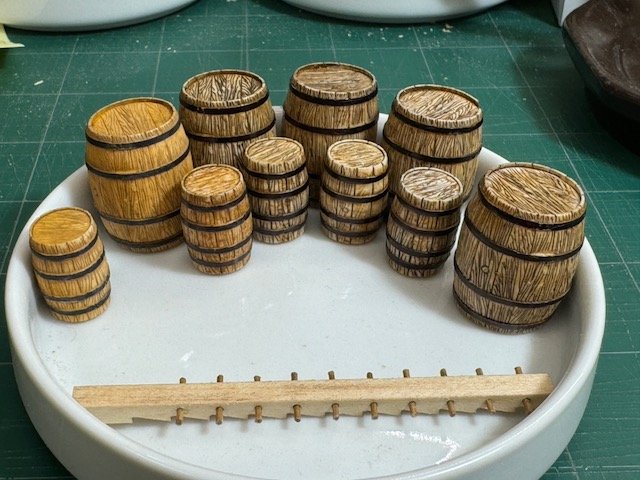
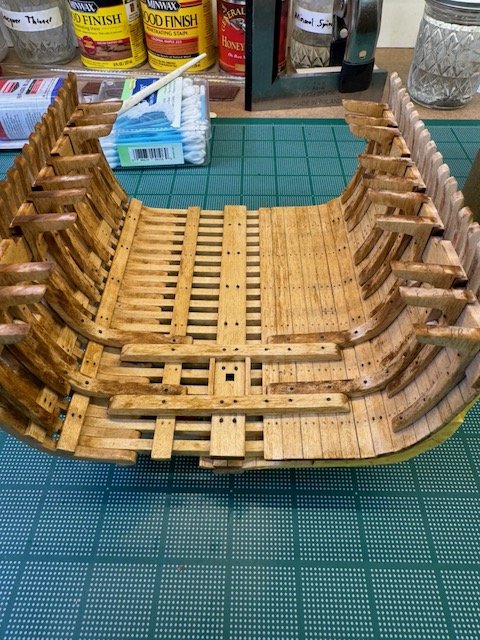
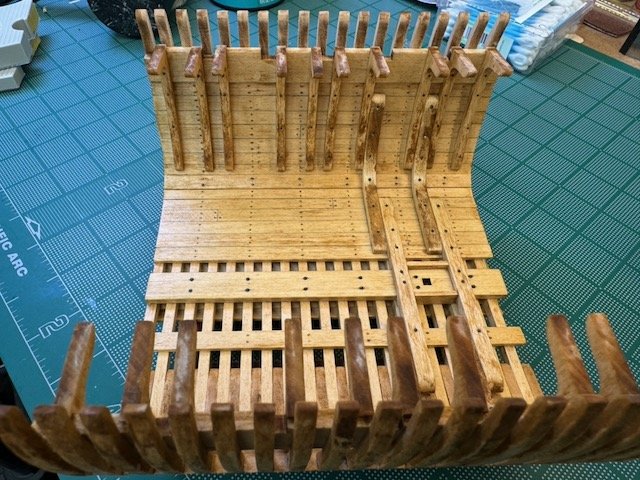
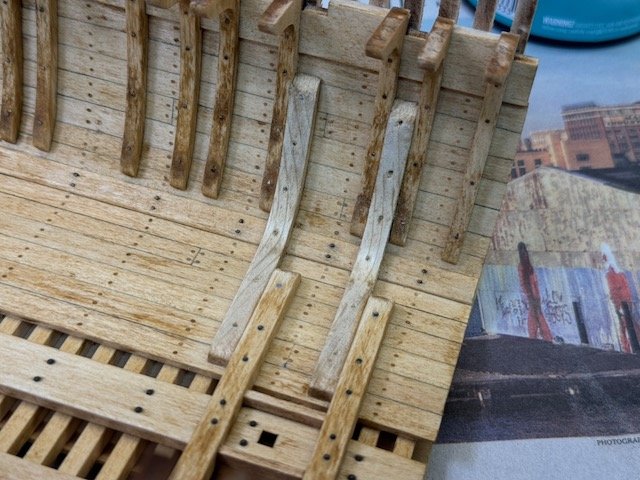
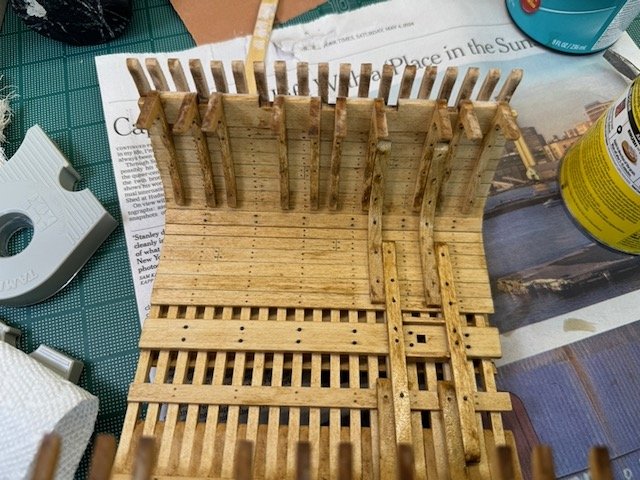
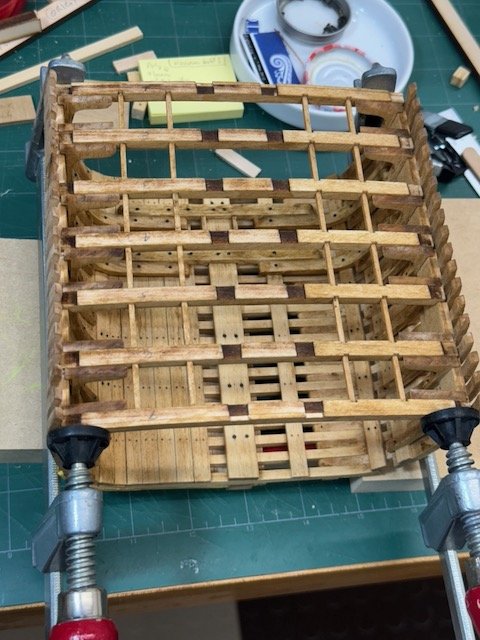
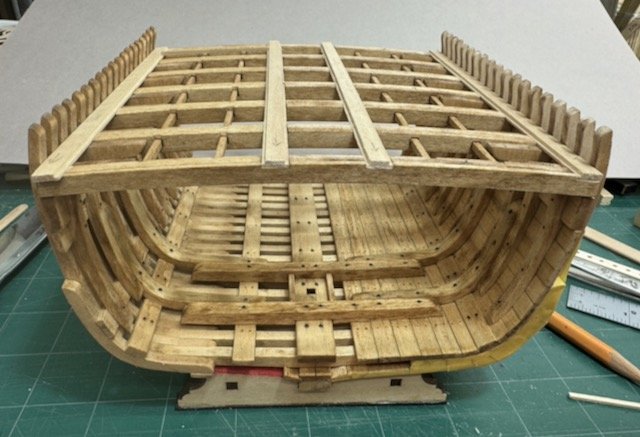

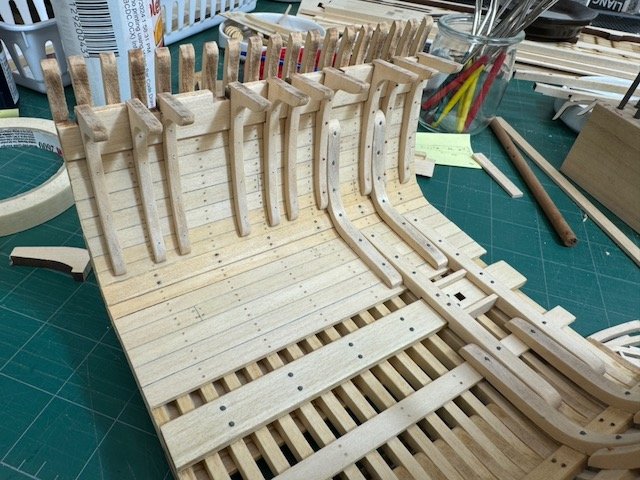
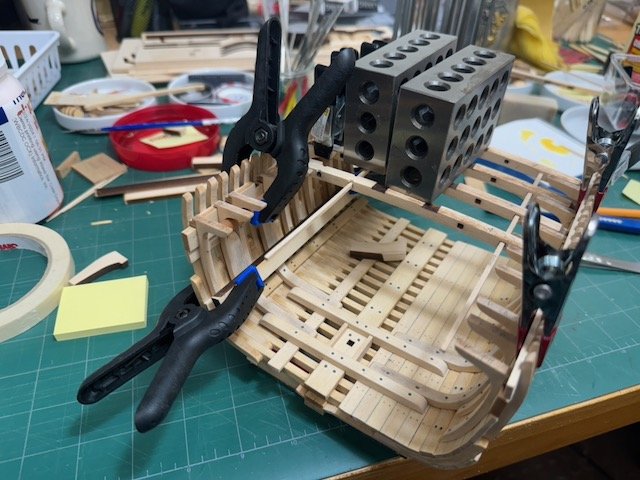
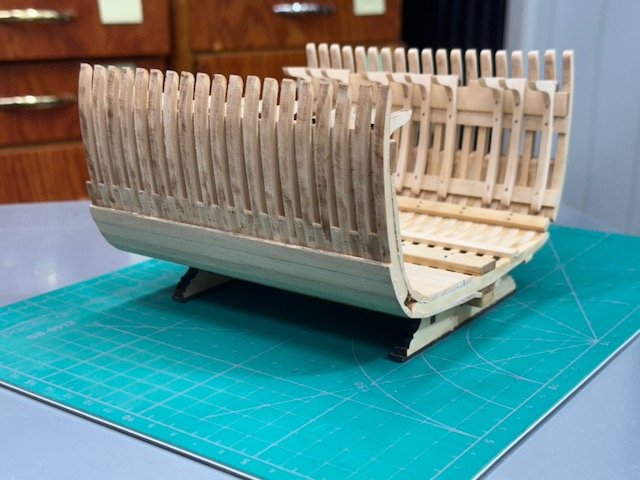
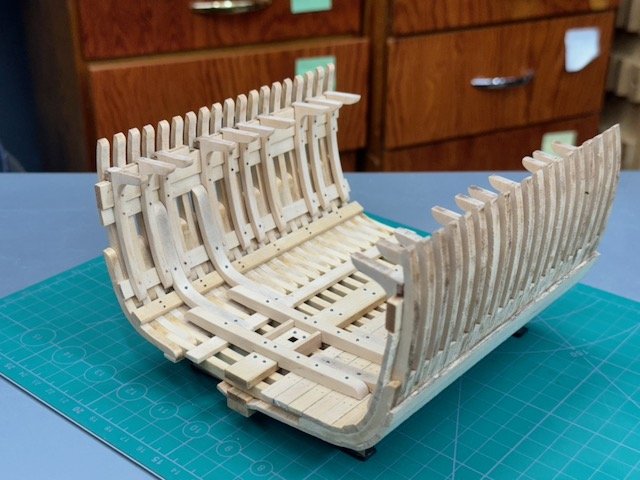
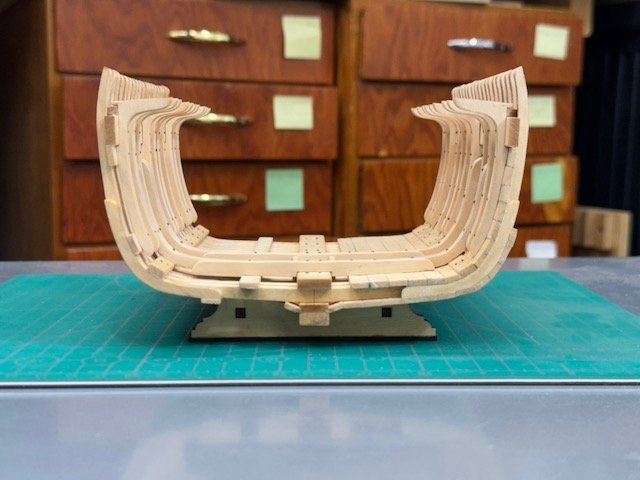
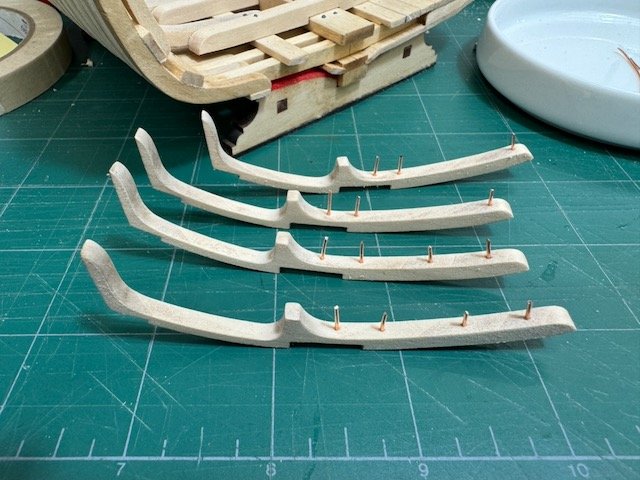

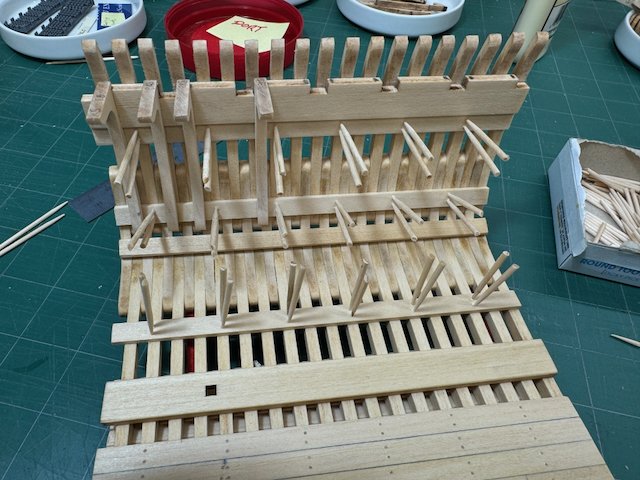
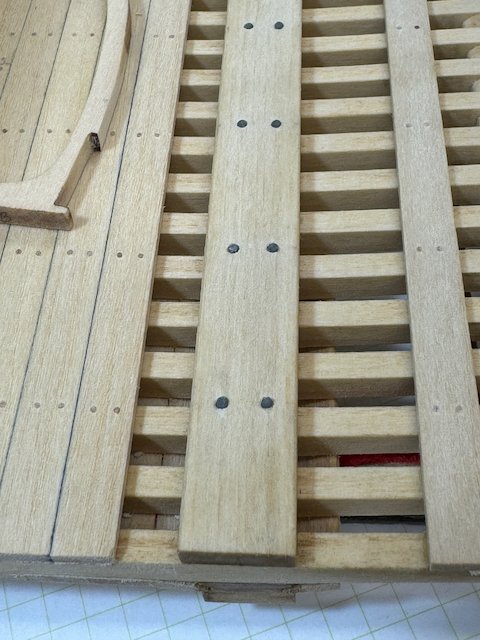
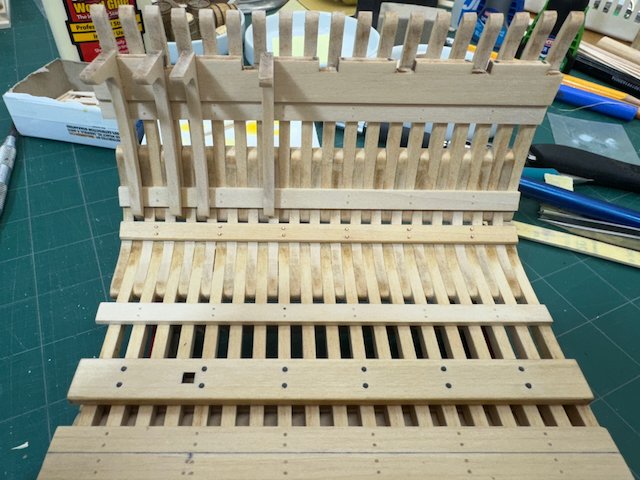
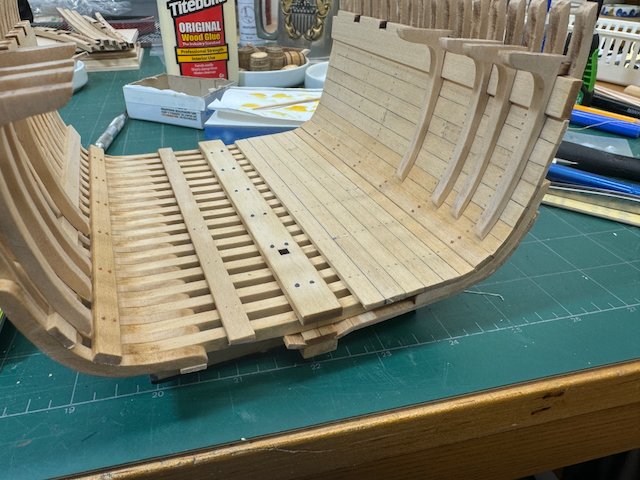
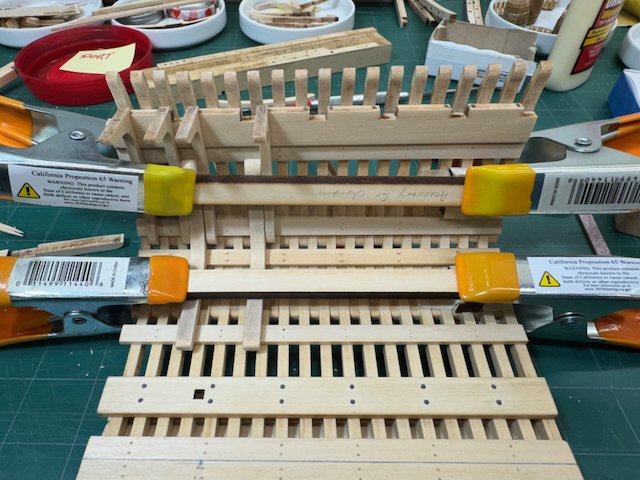
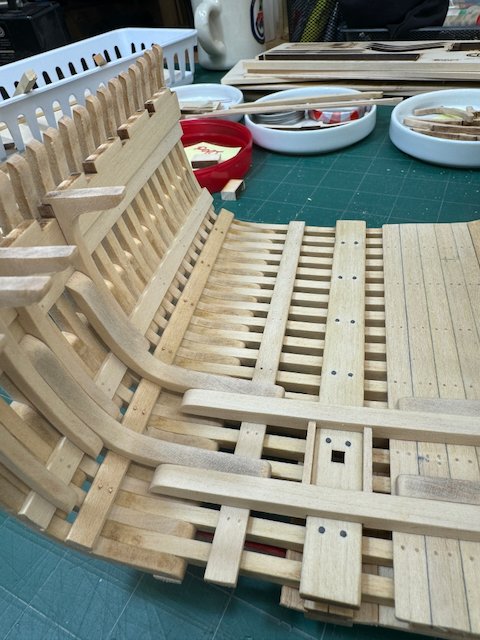
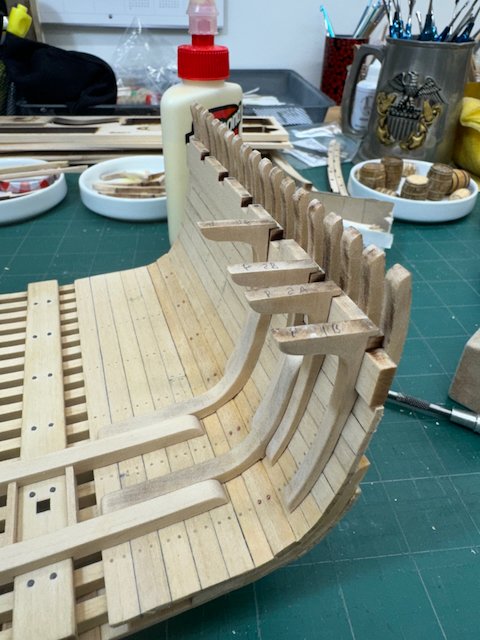
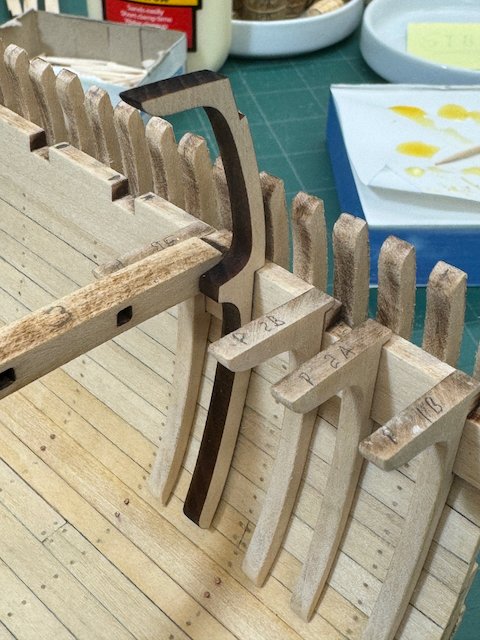

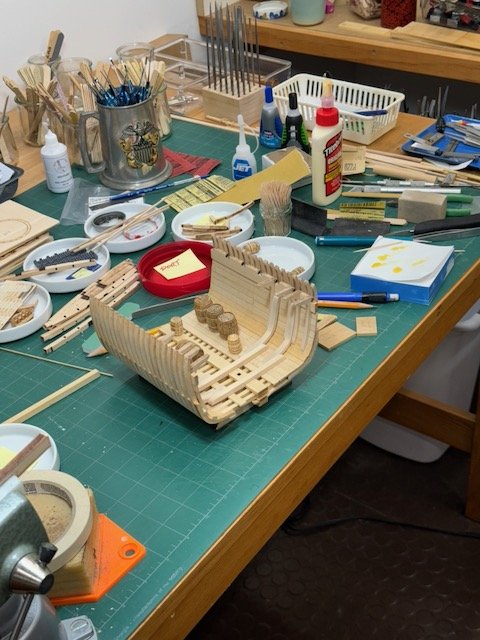
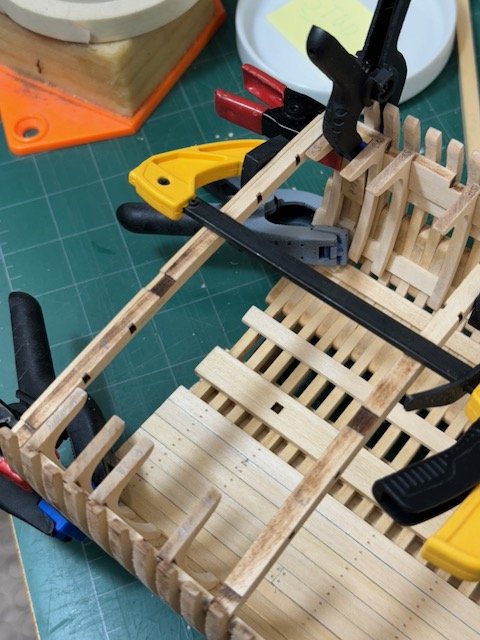
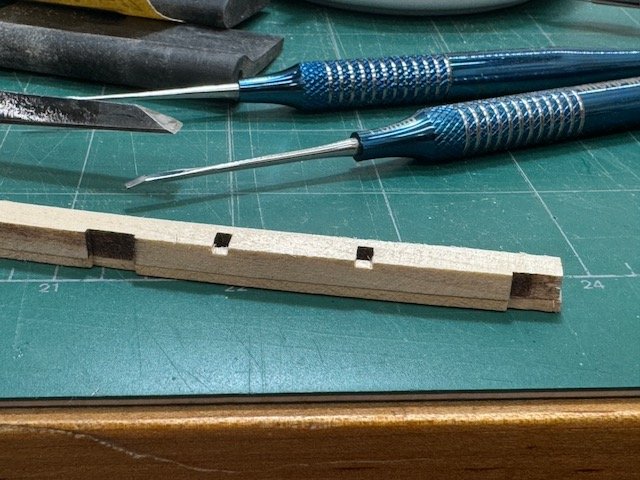
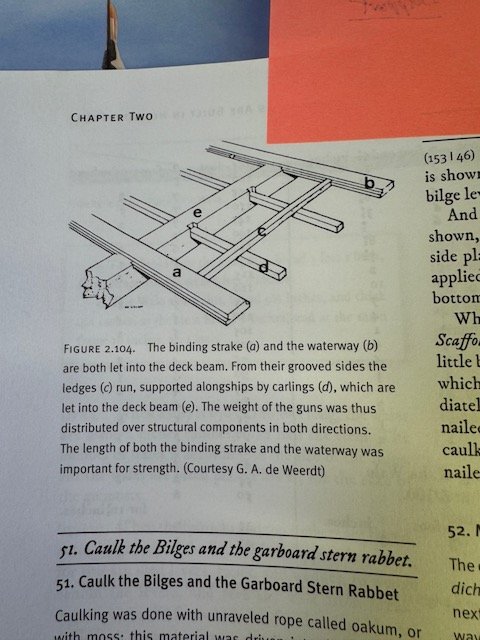
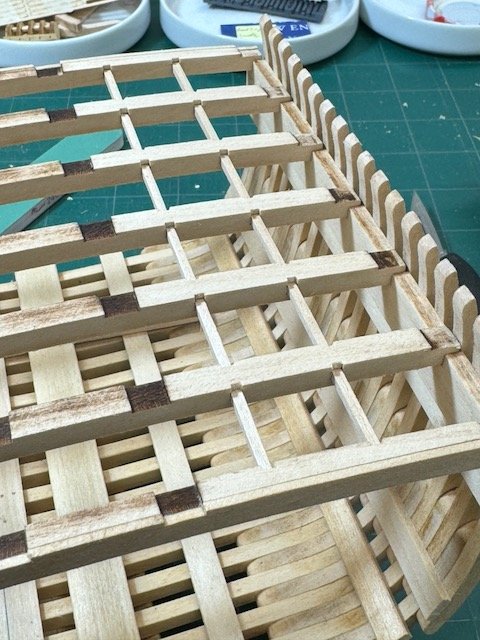
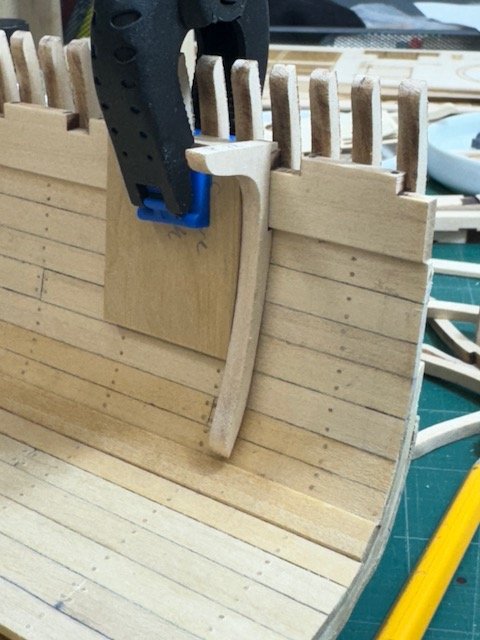
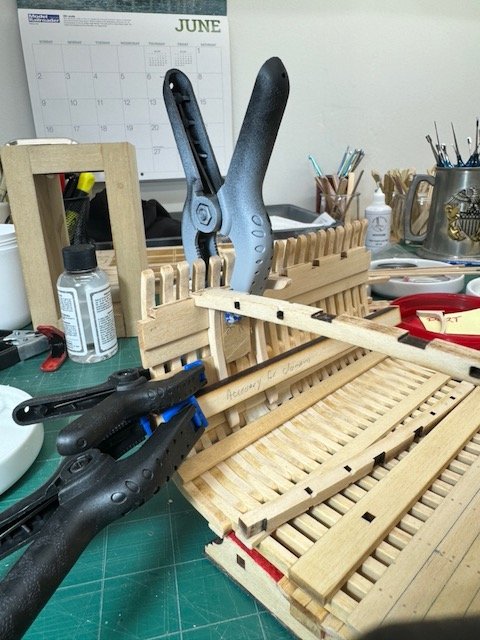
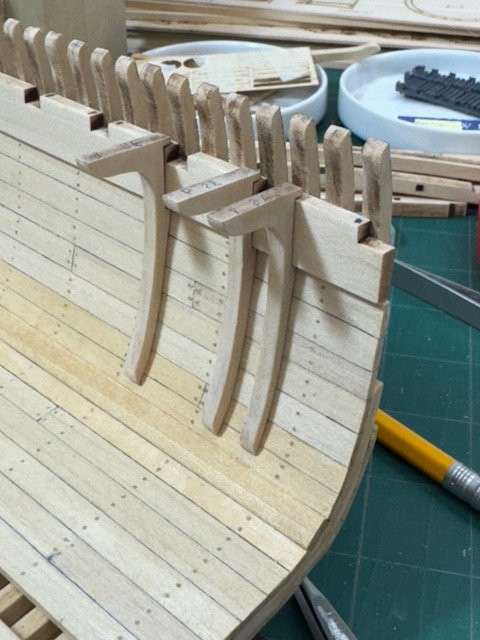
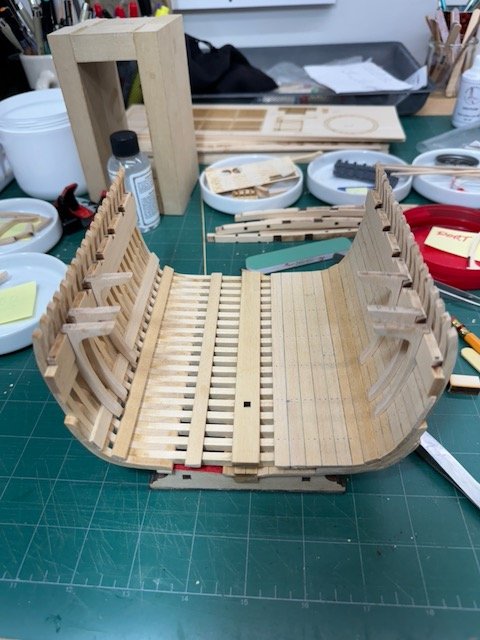
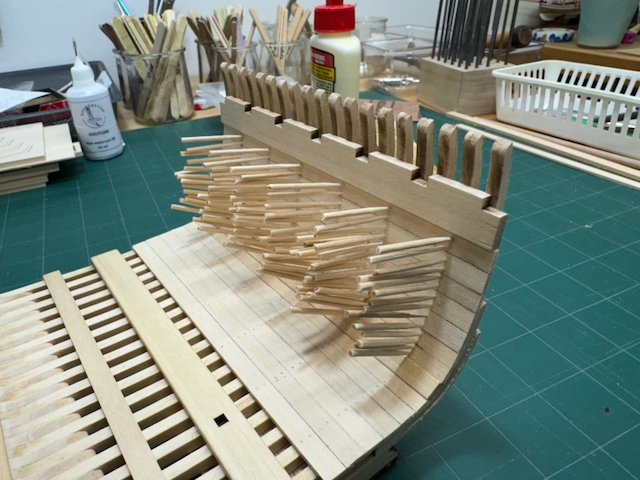
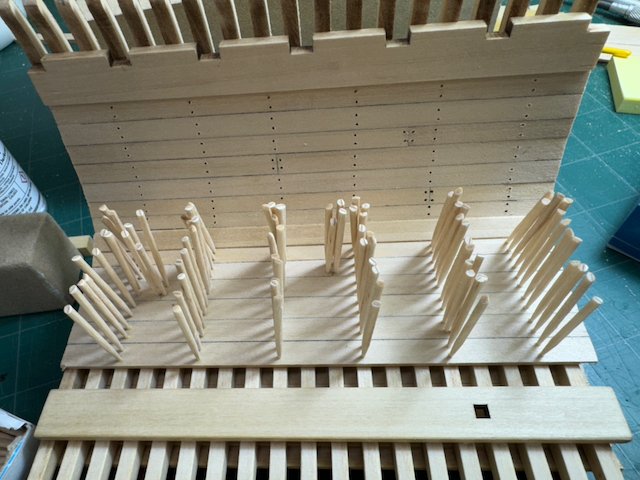
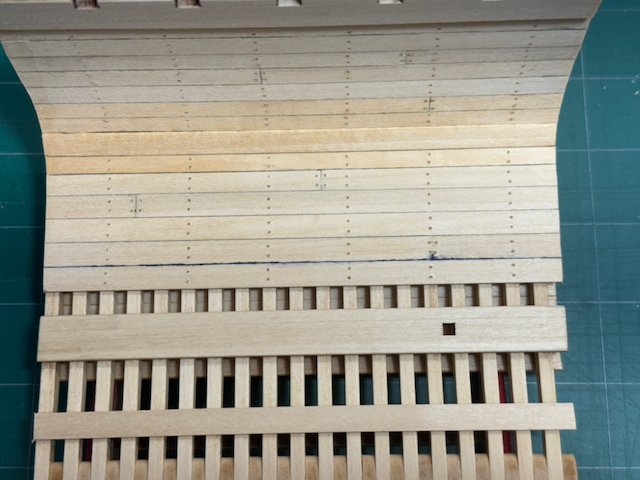
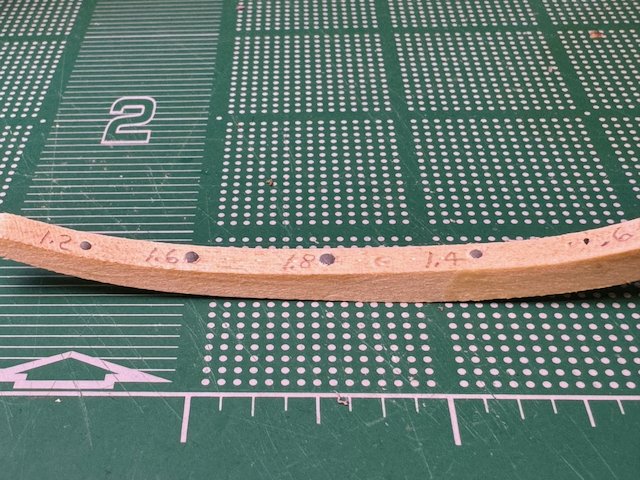
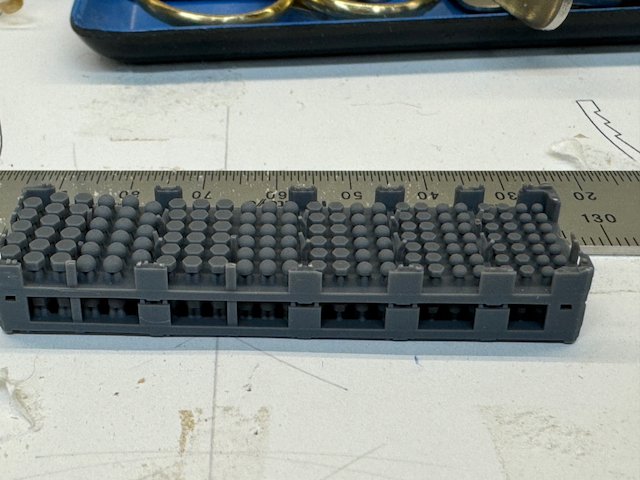
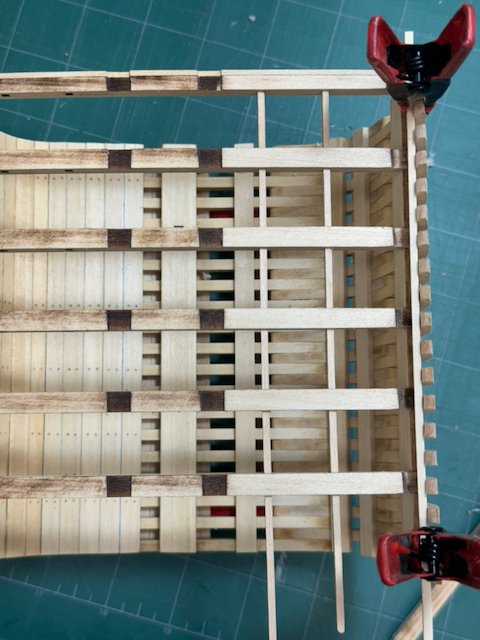
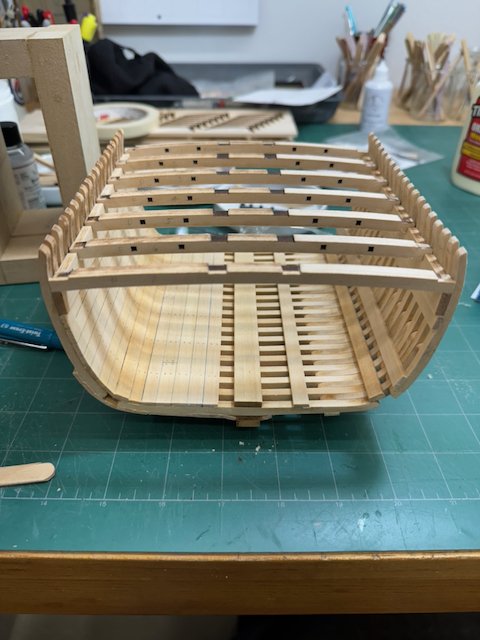
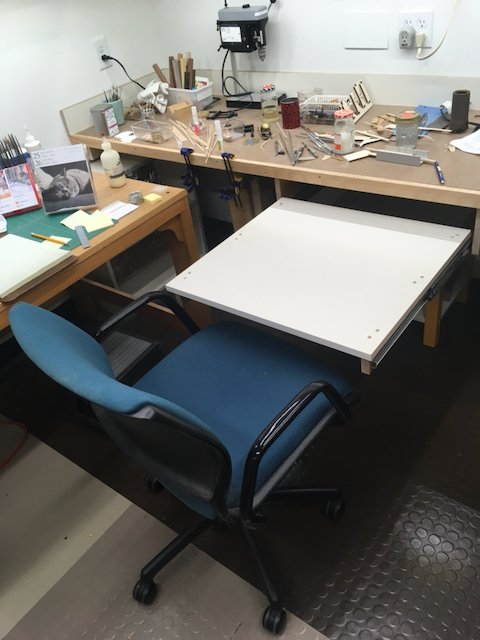
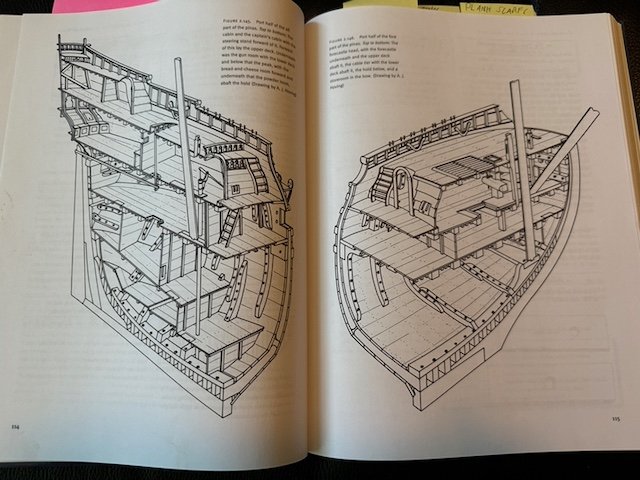
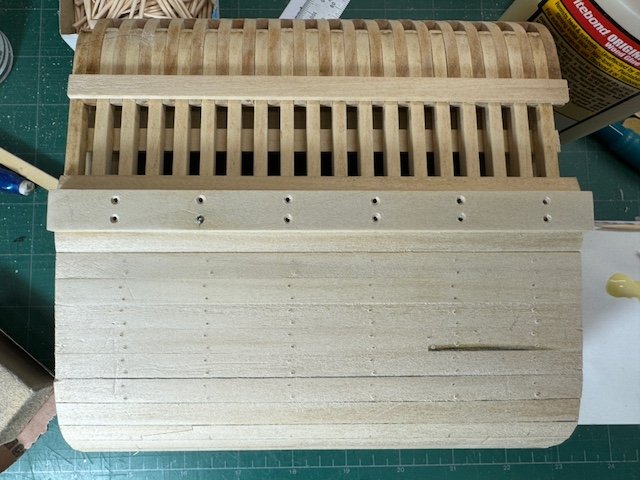
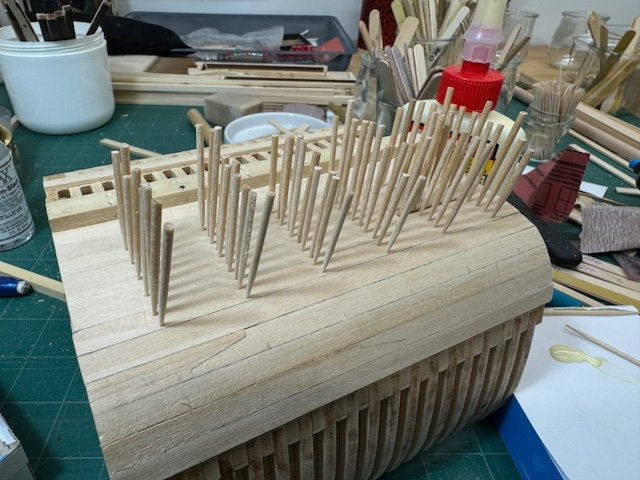
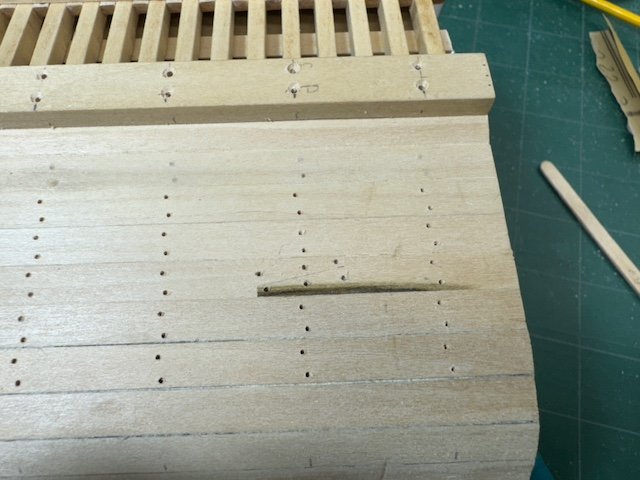
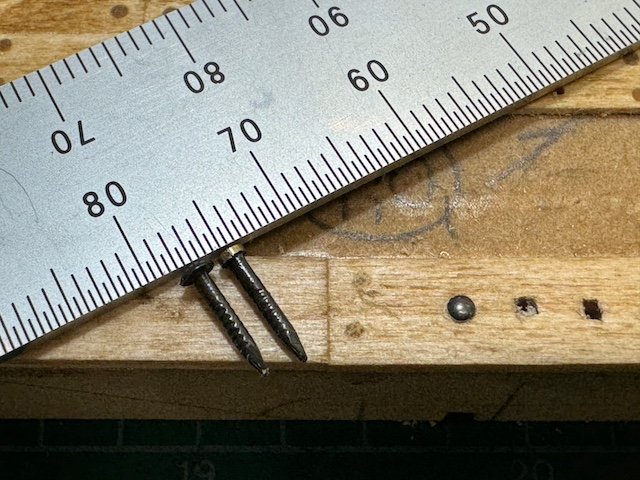
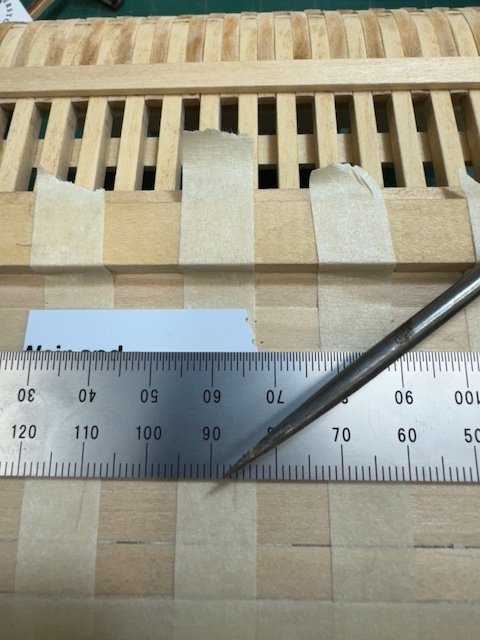
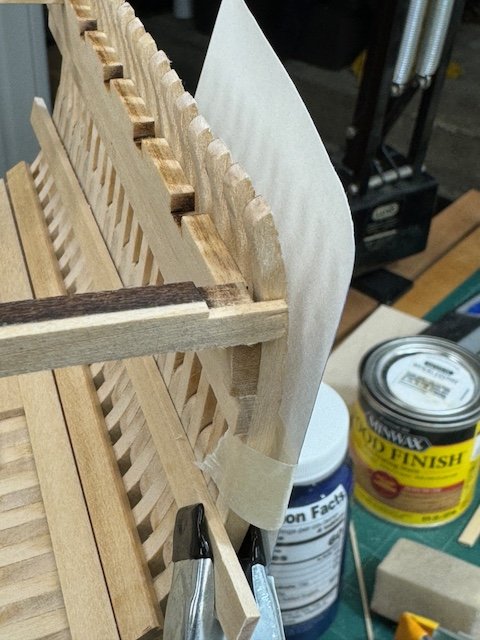
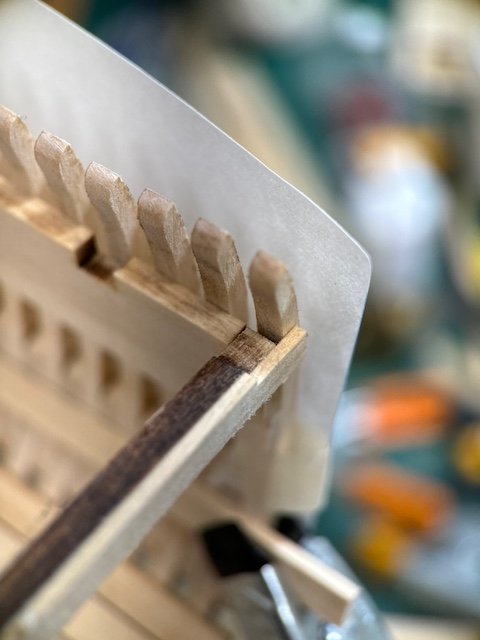
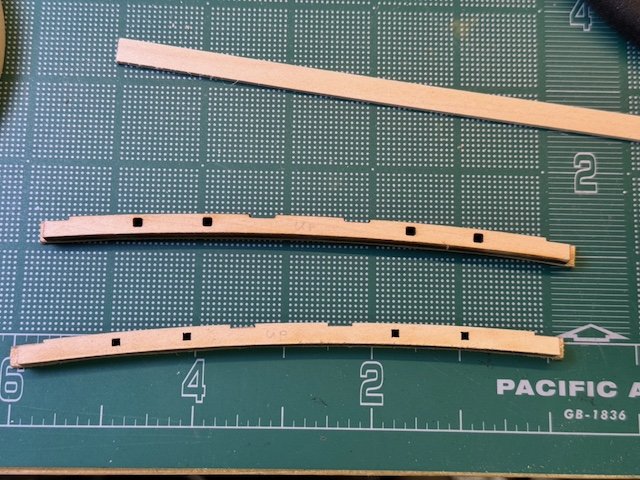
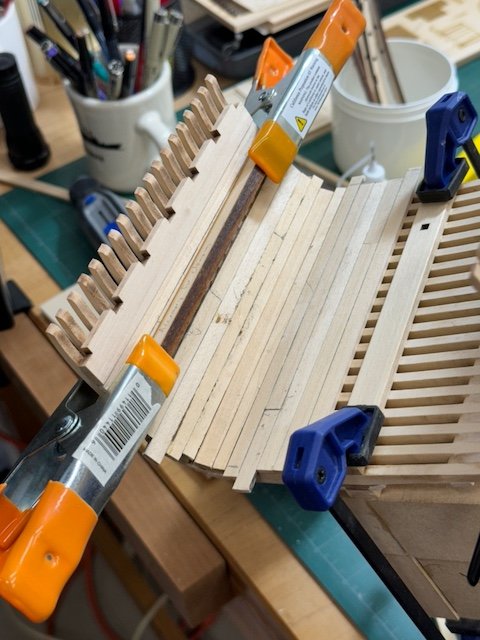
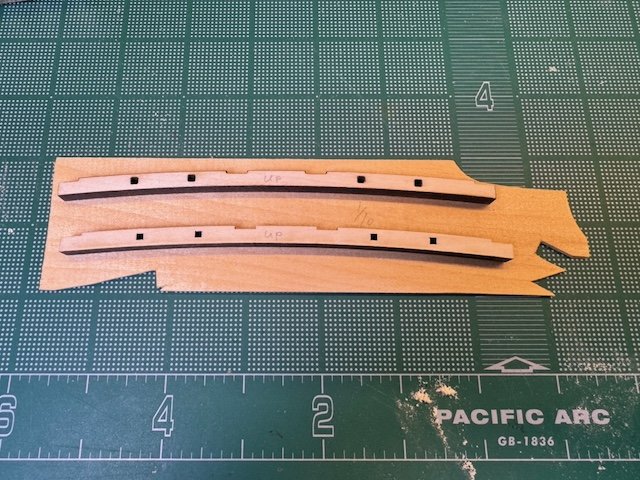
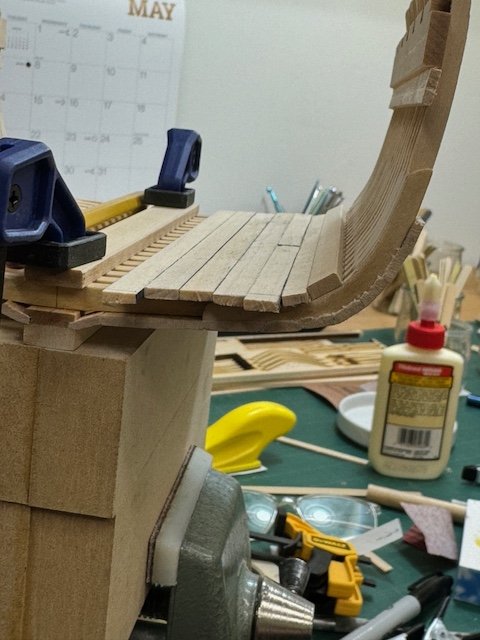
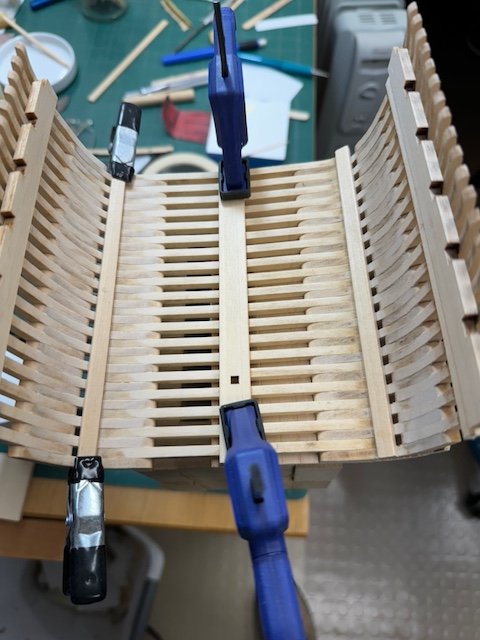
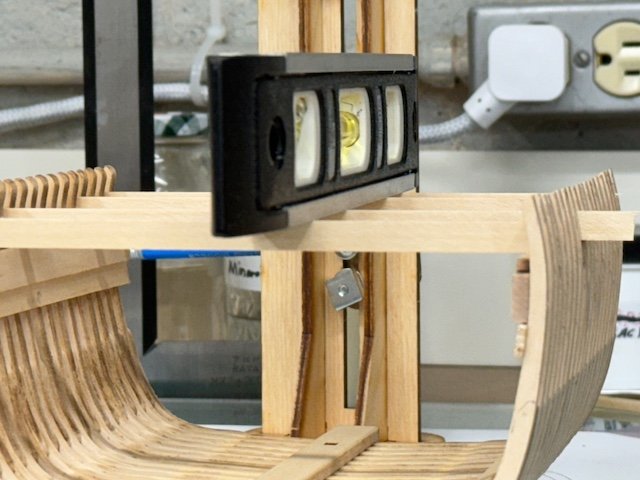
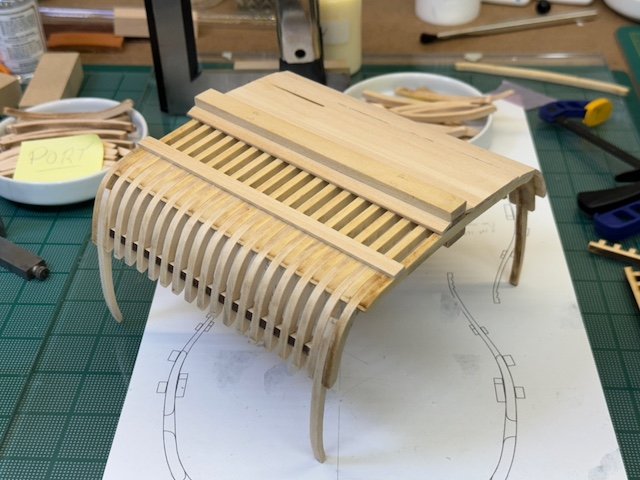
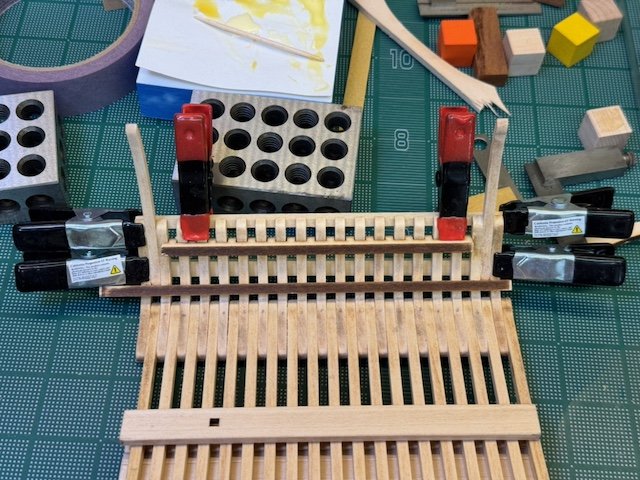
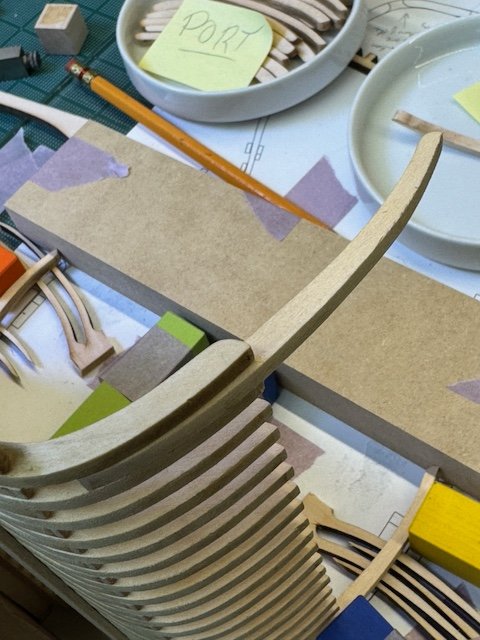
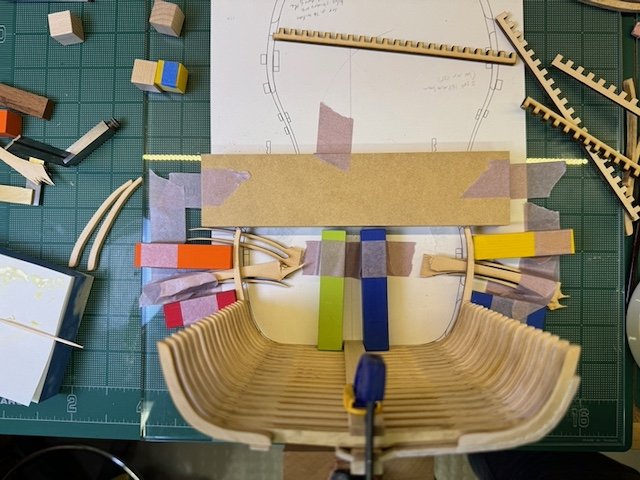
.jpeg.659f7c90be38a09b580ec5254c643813.jpeg)
